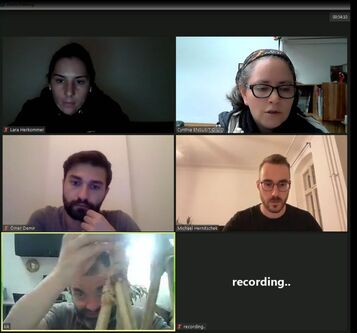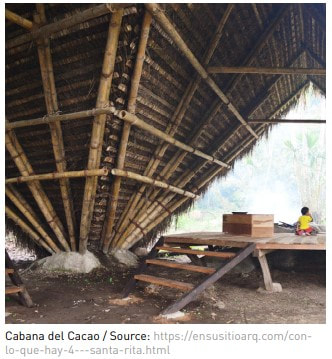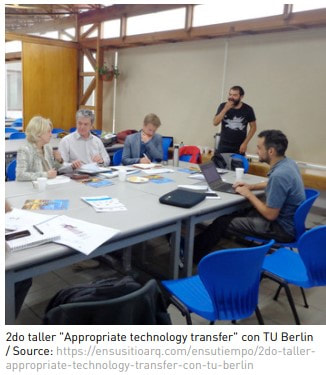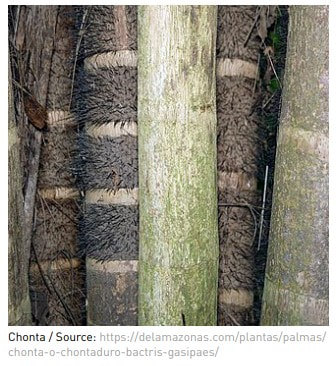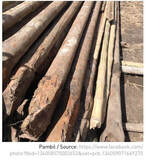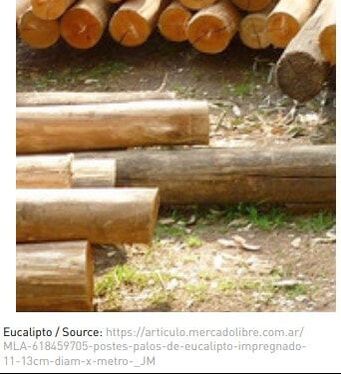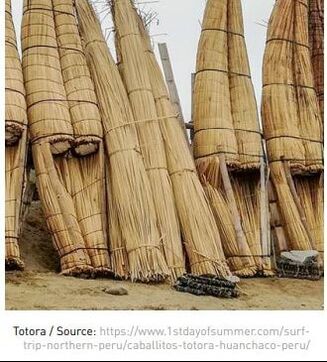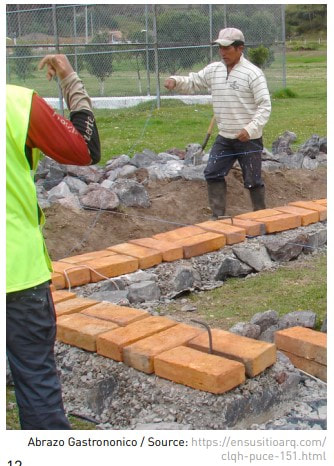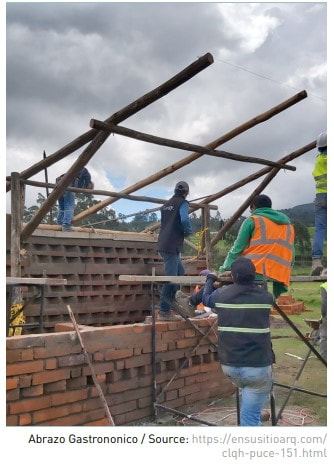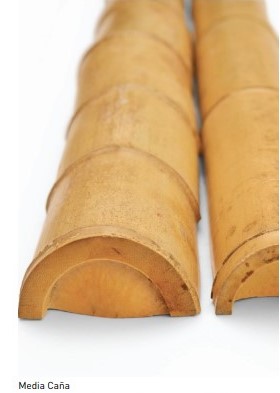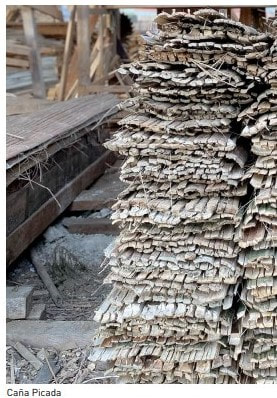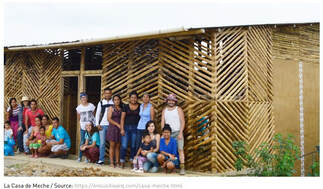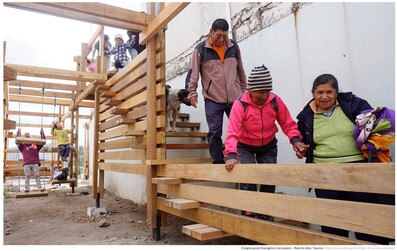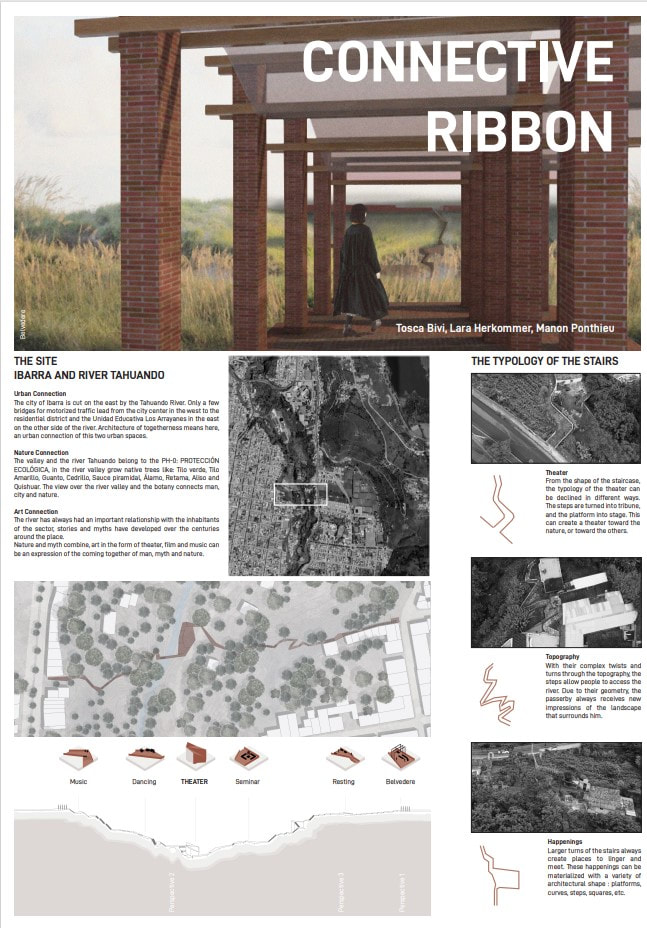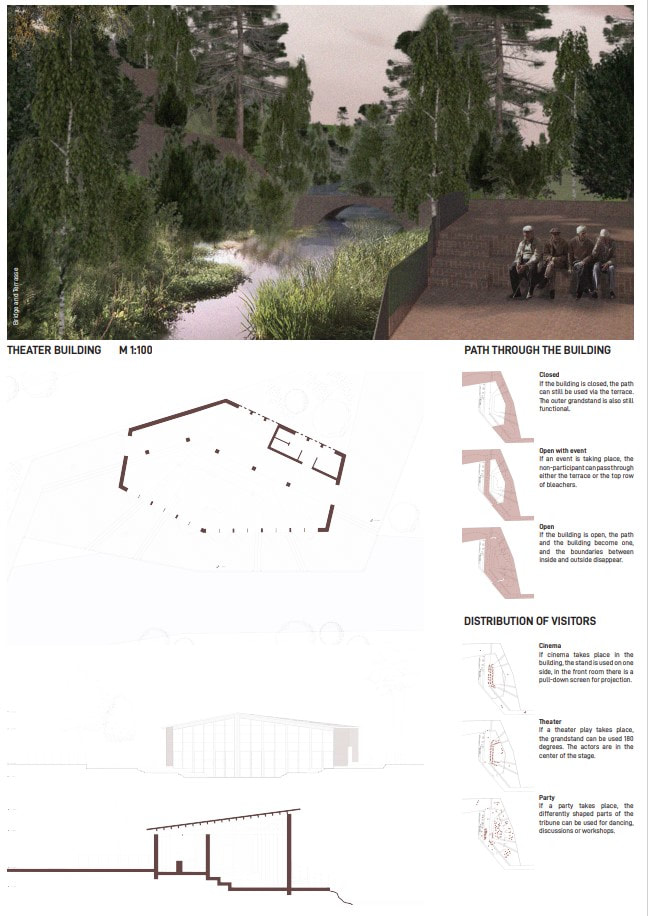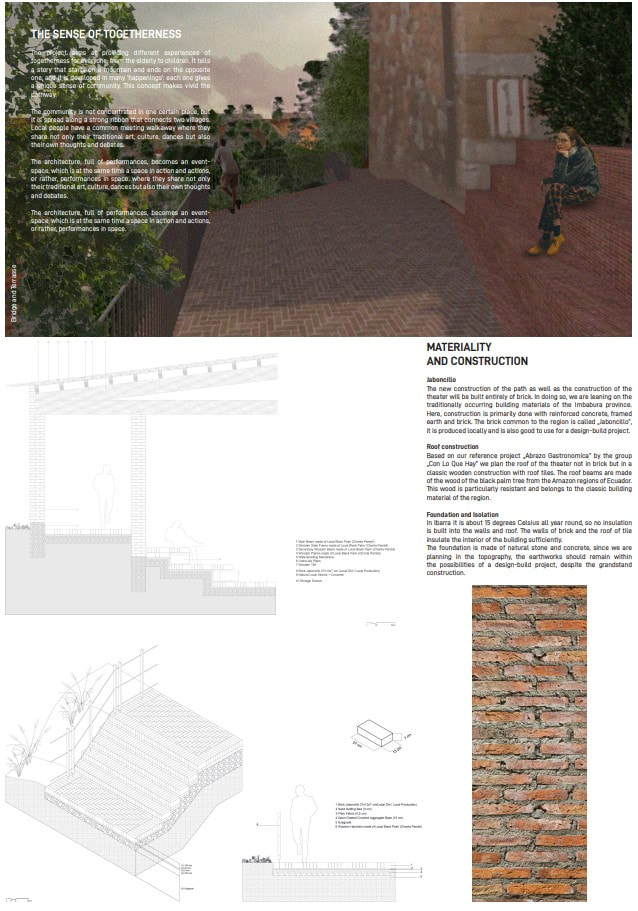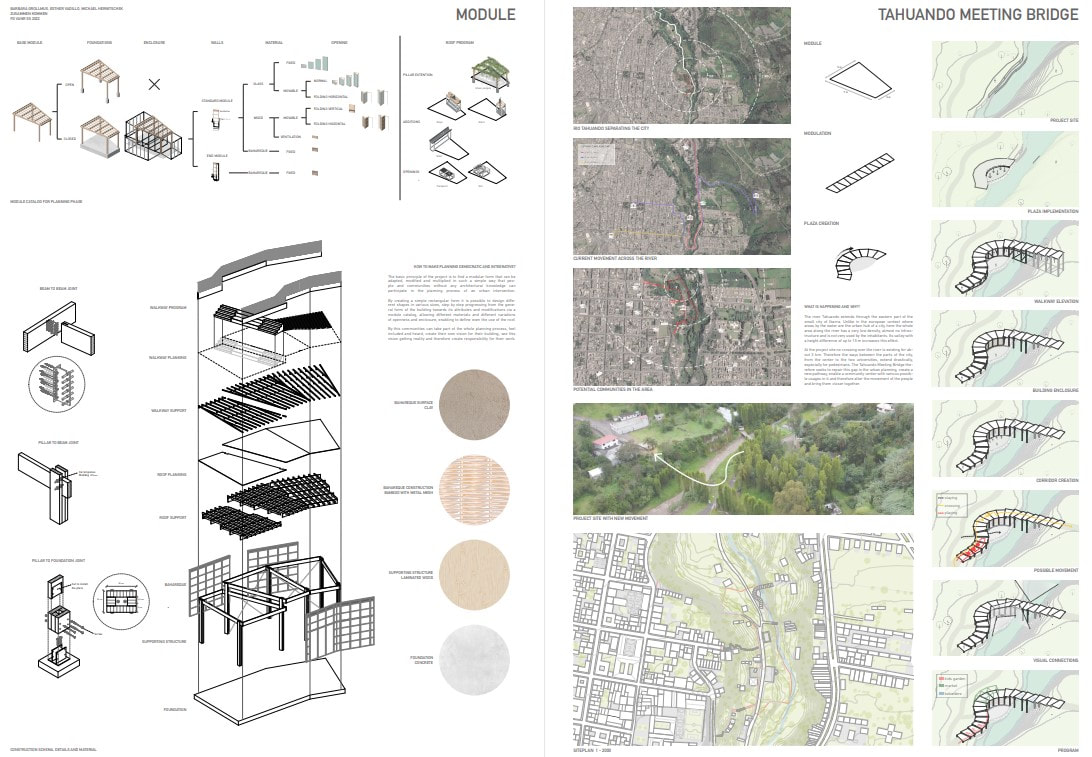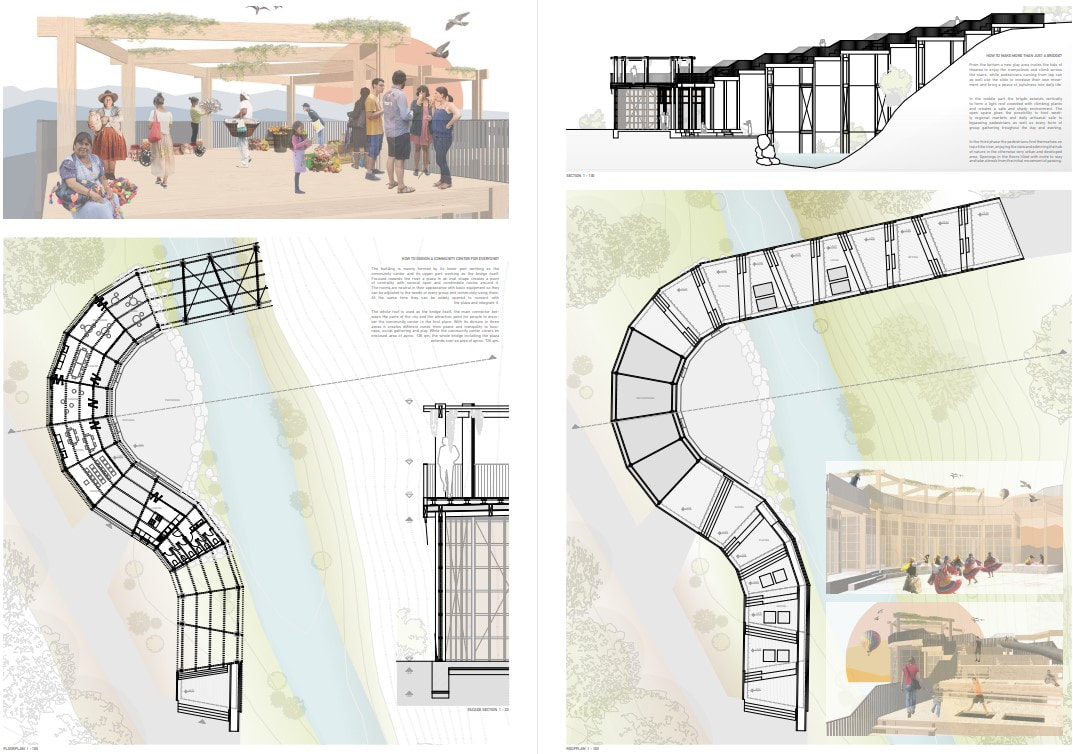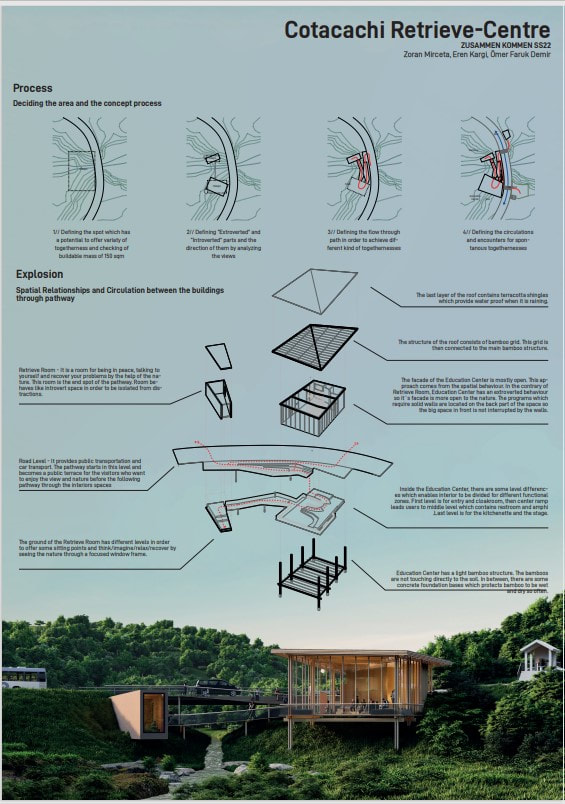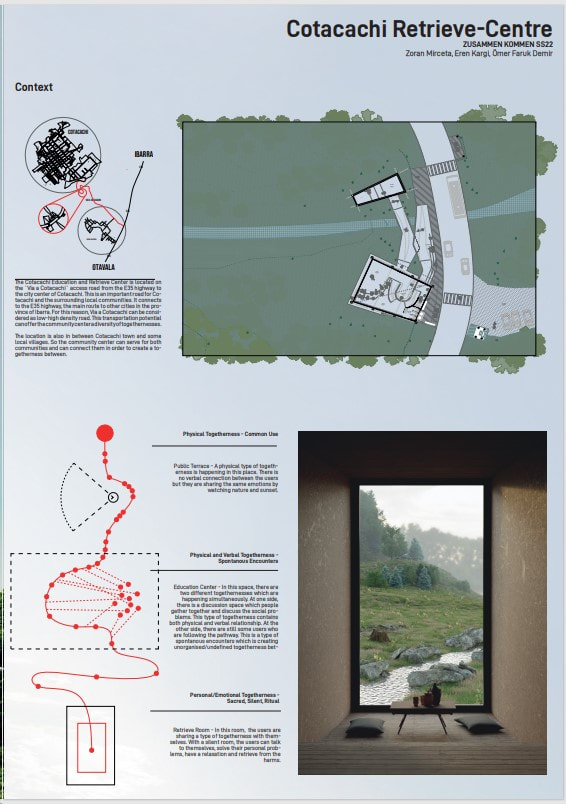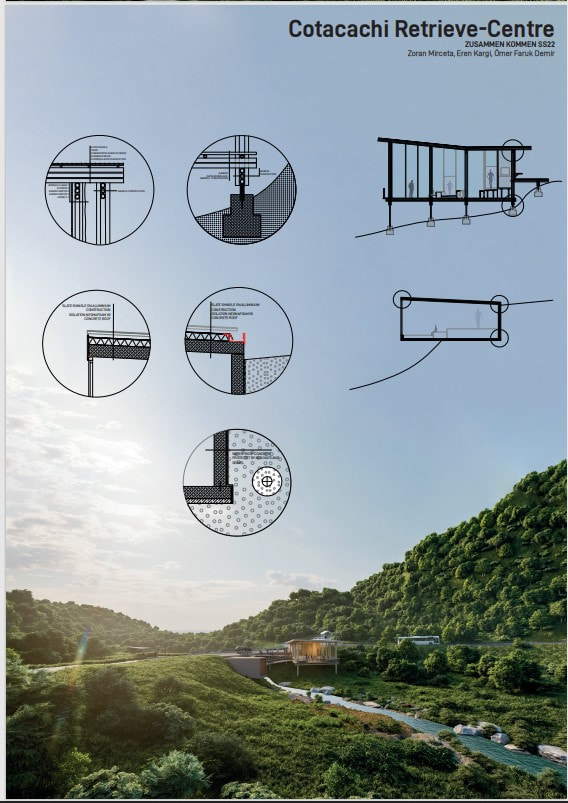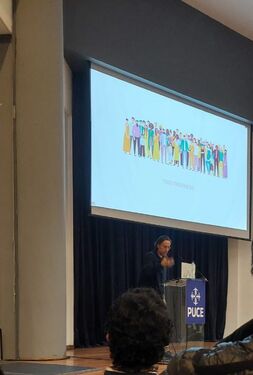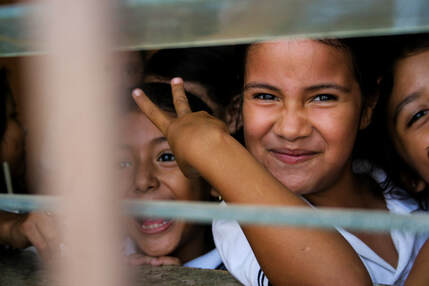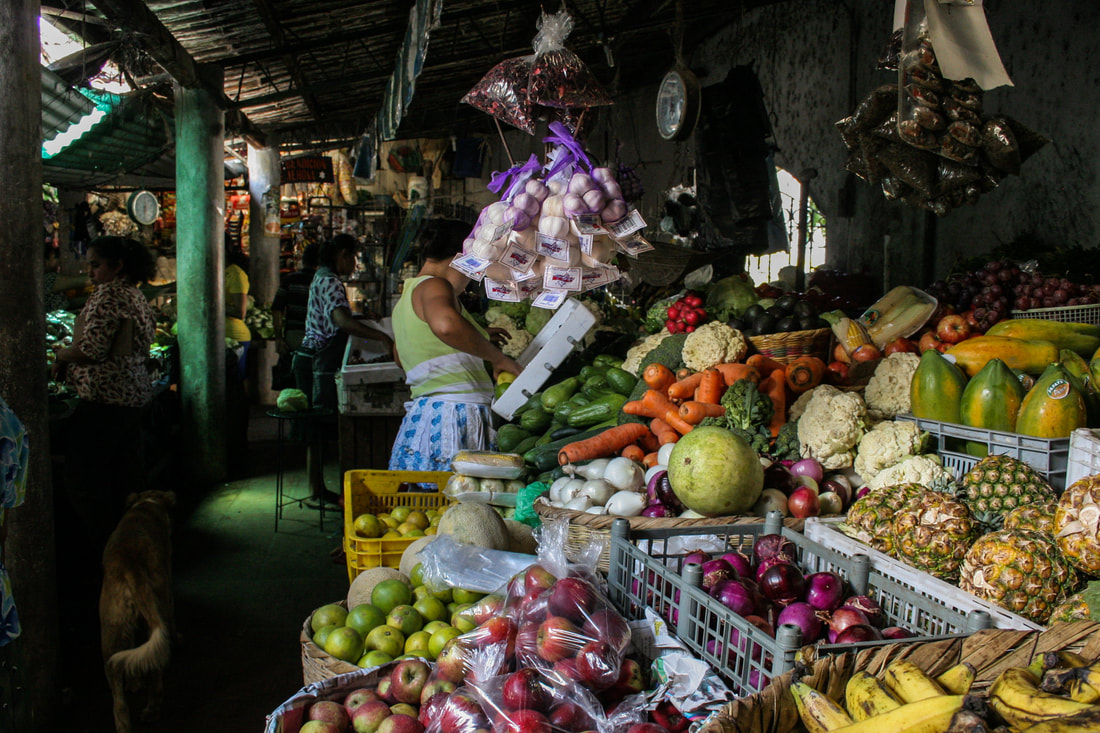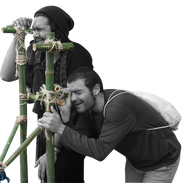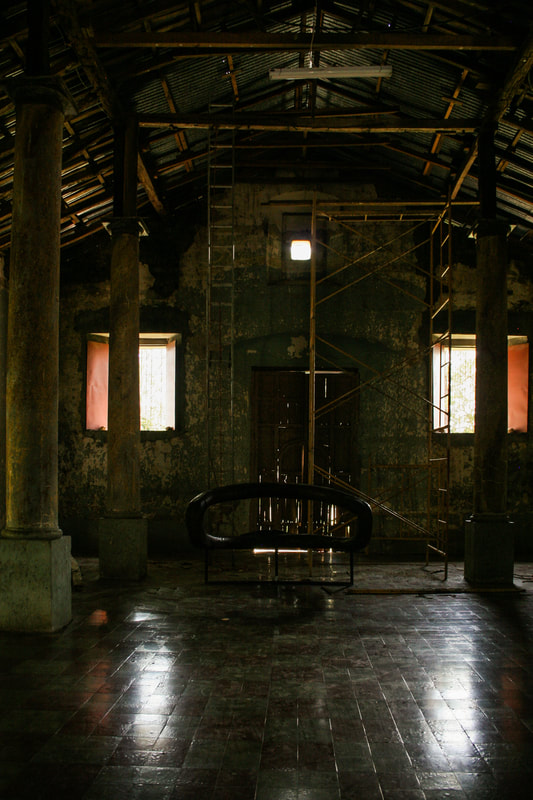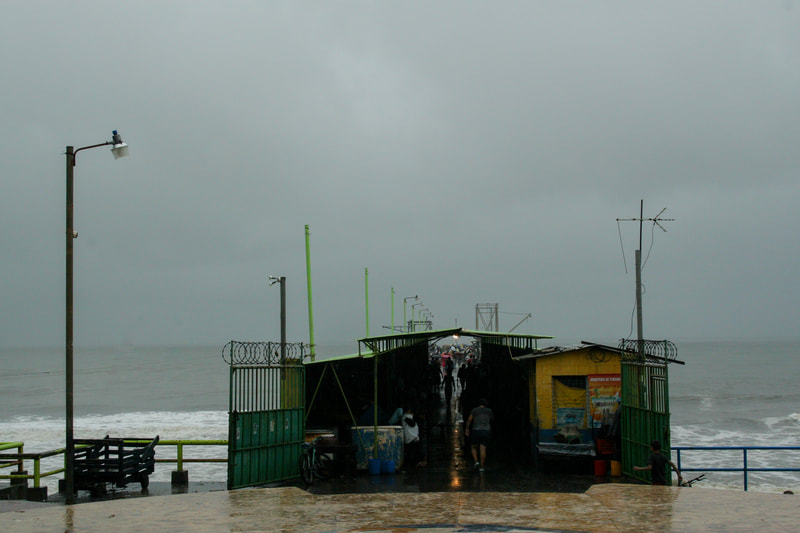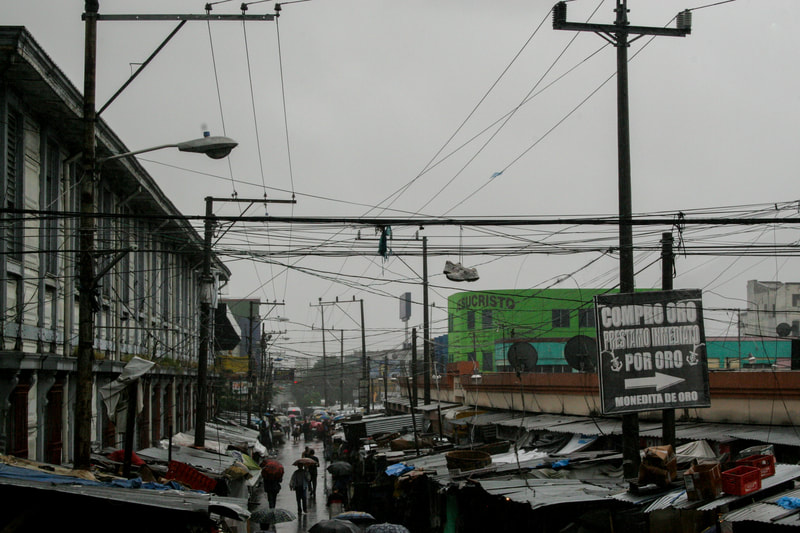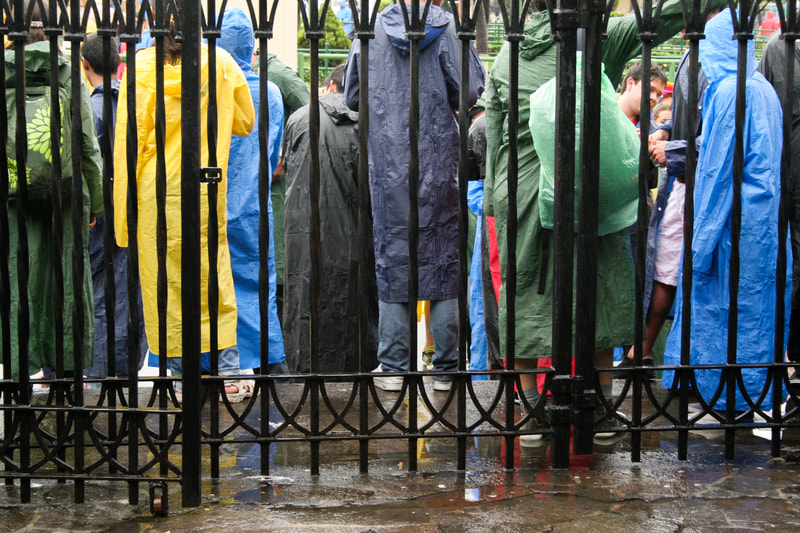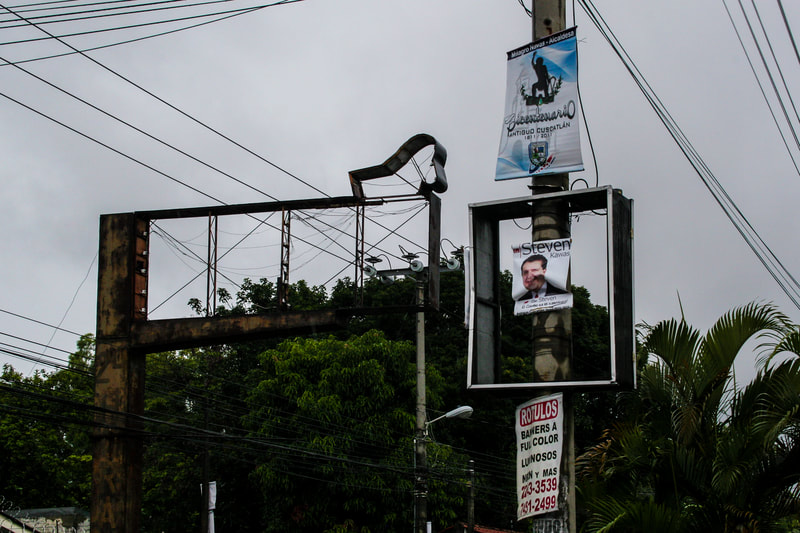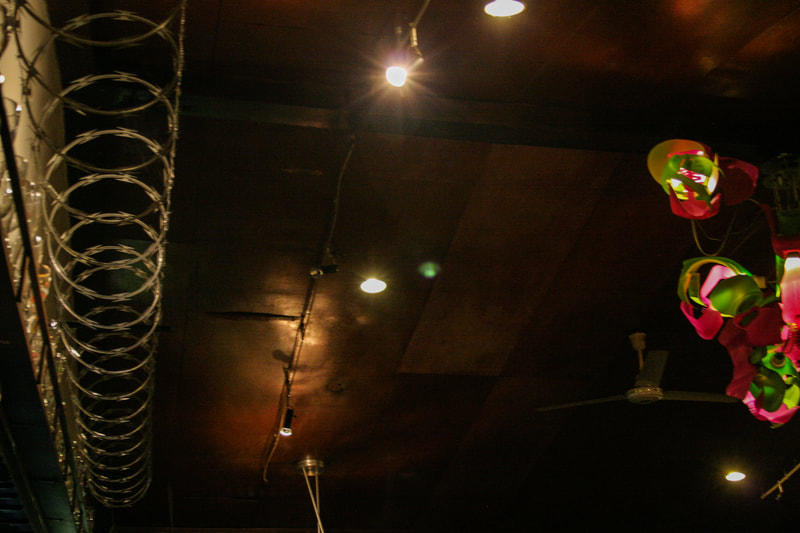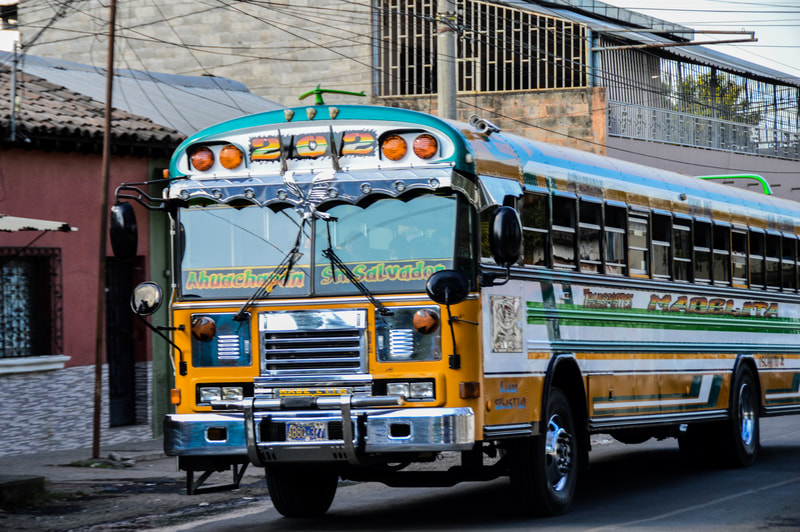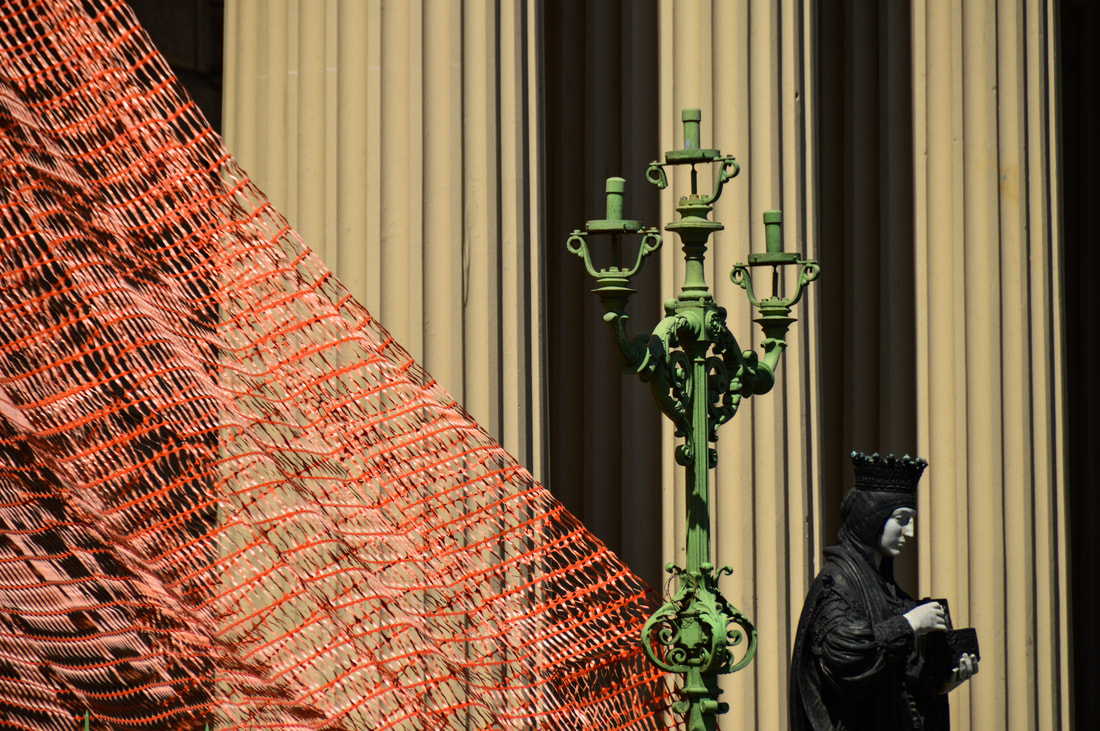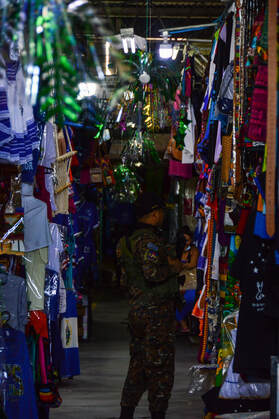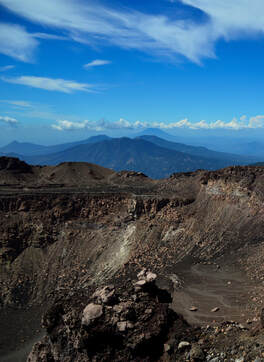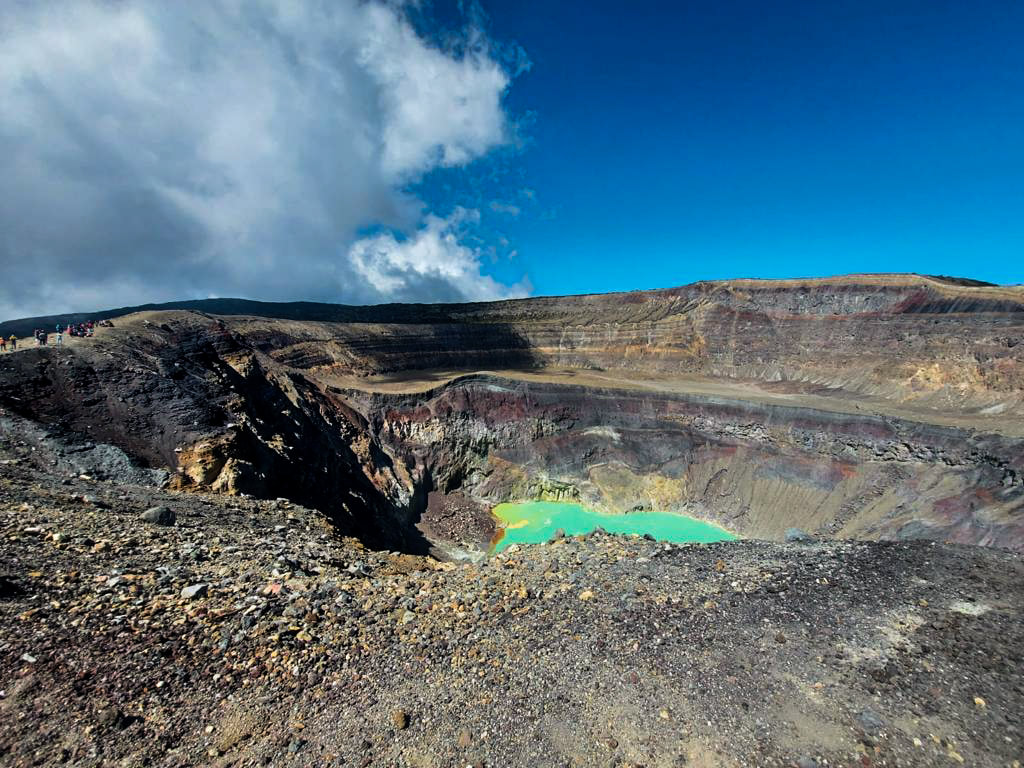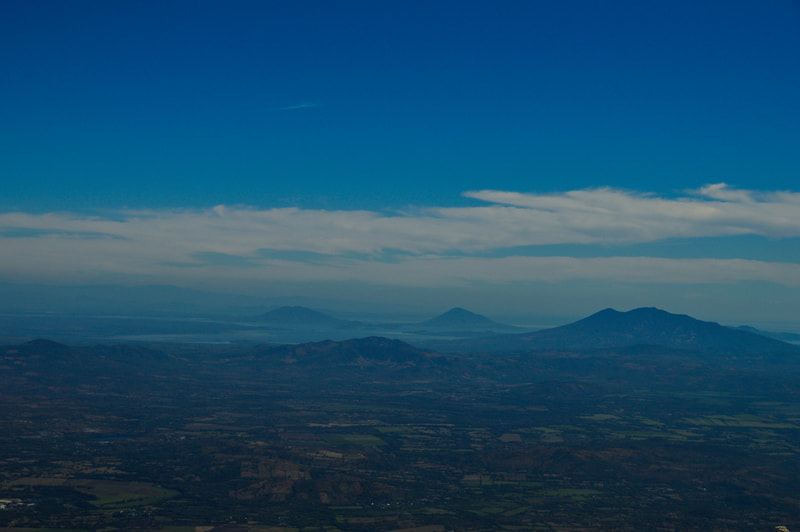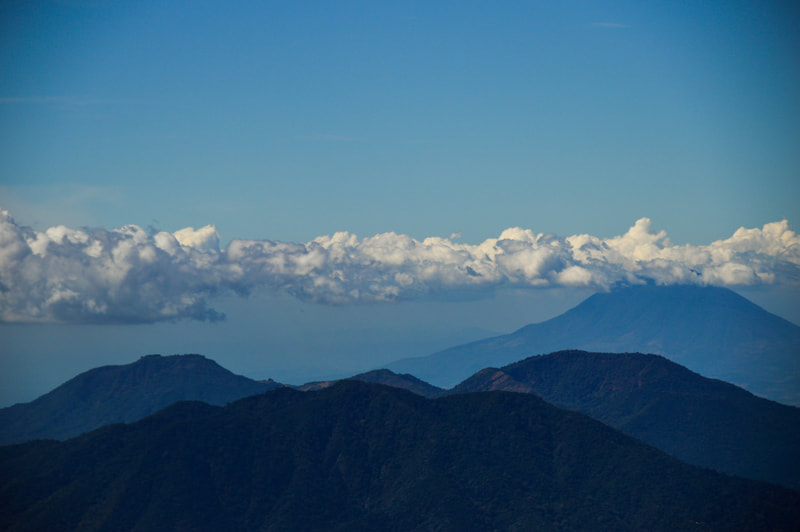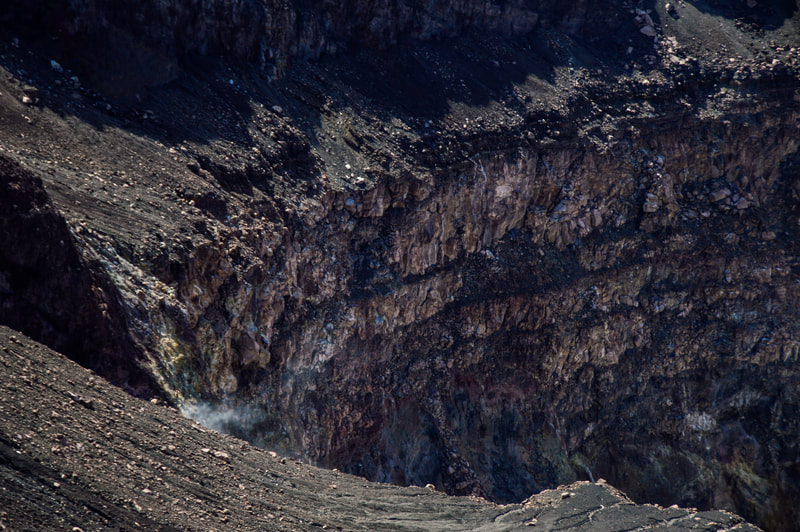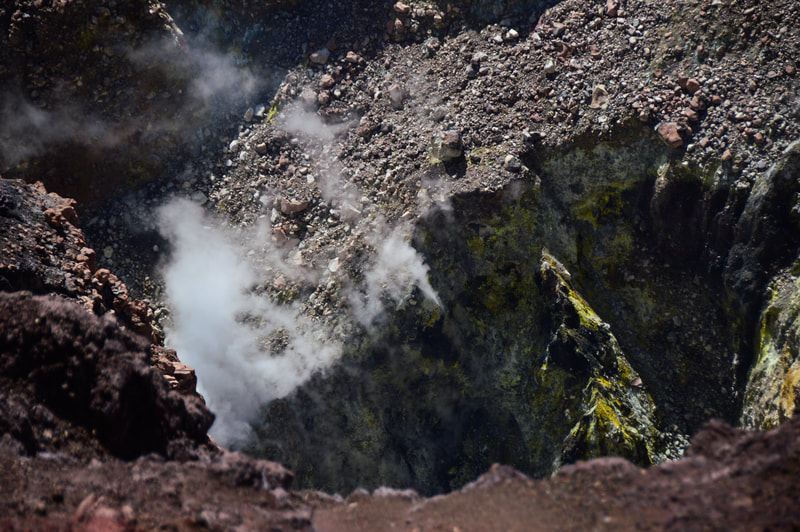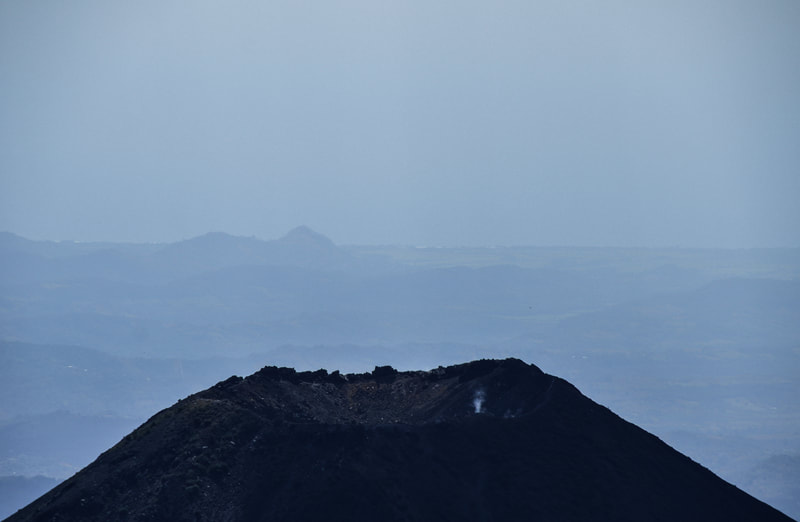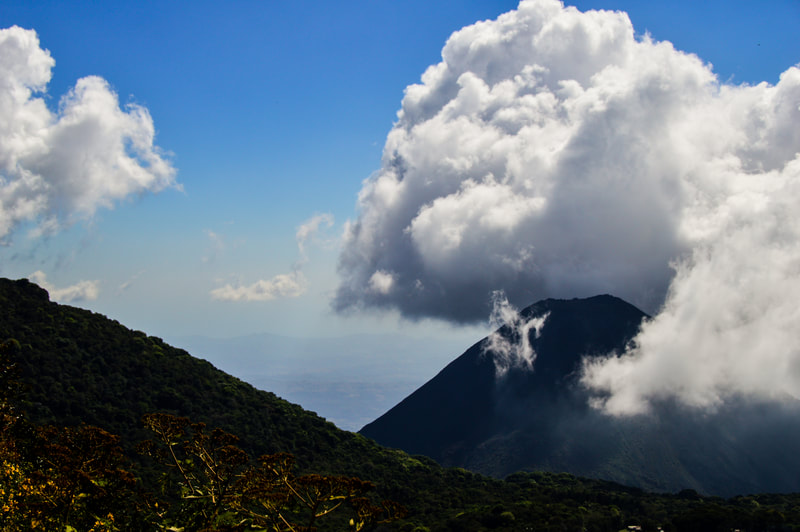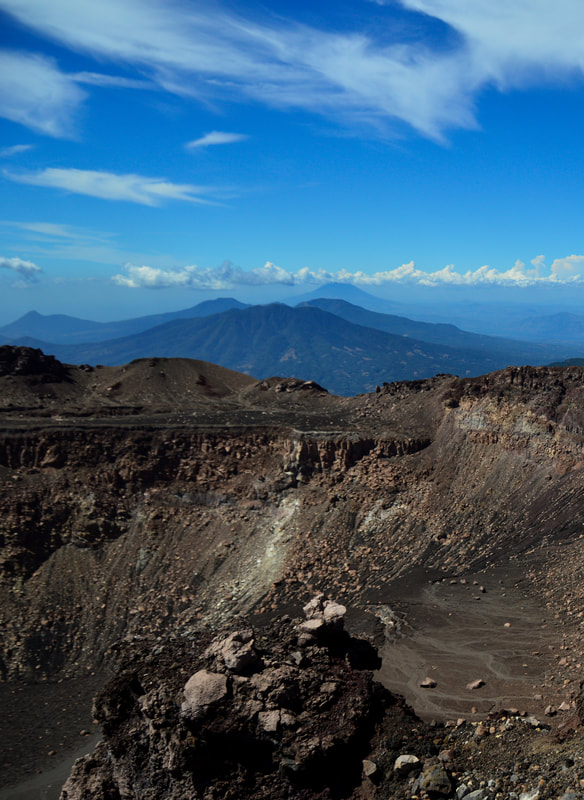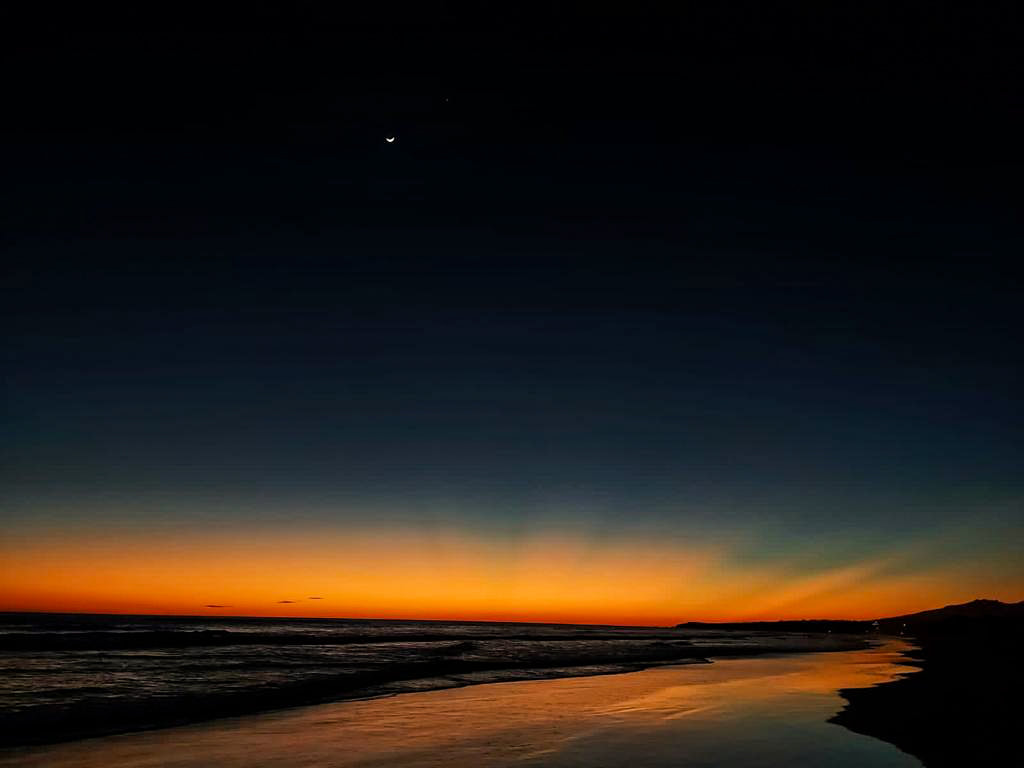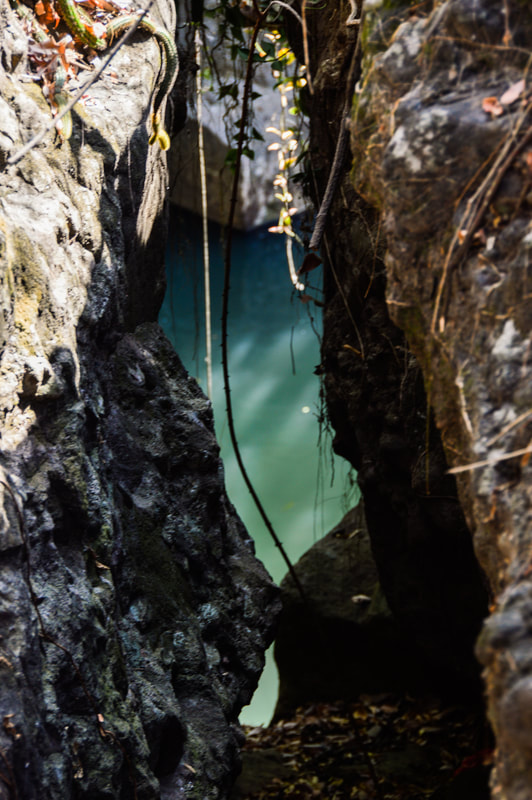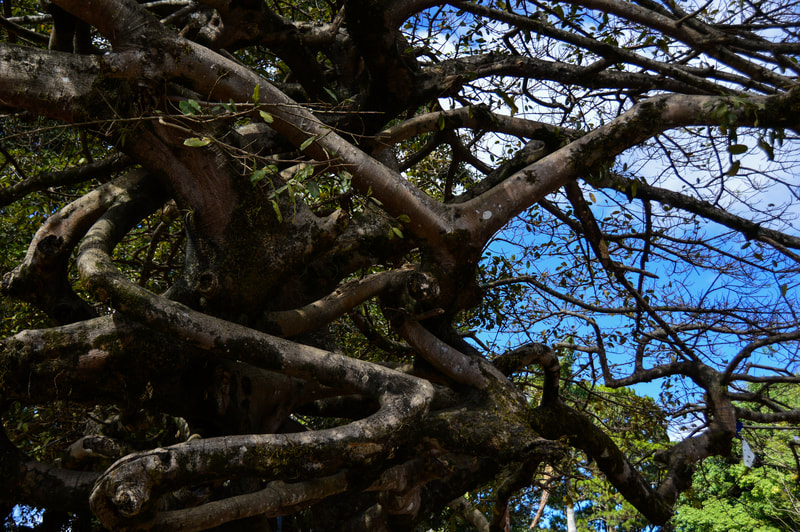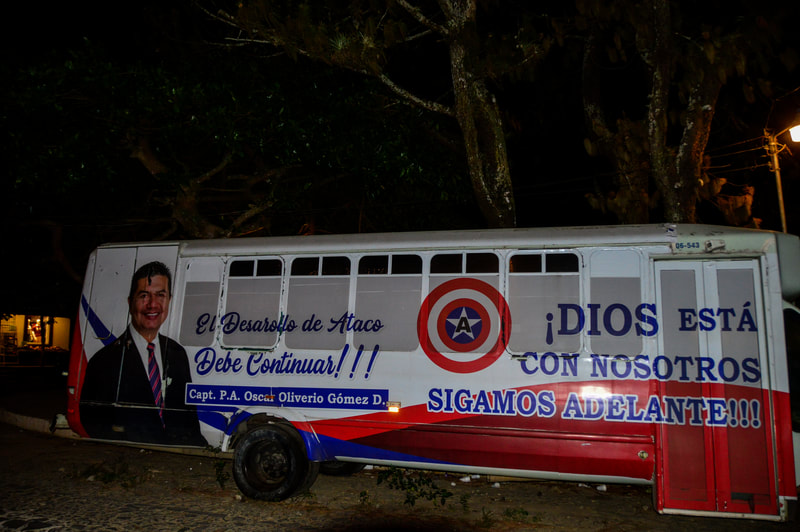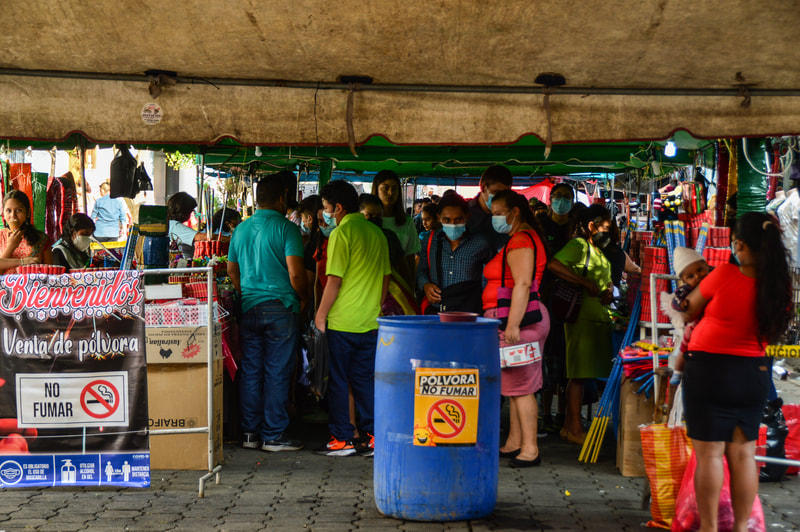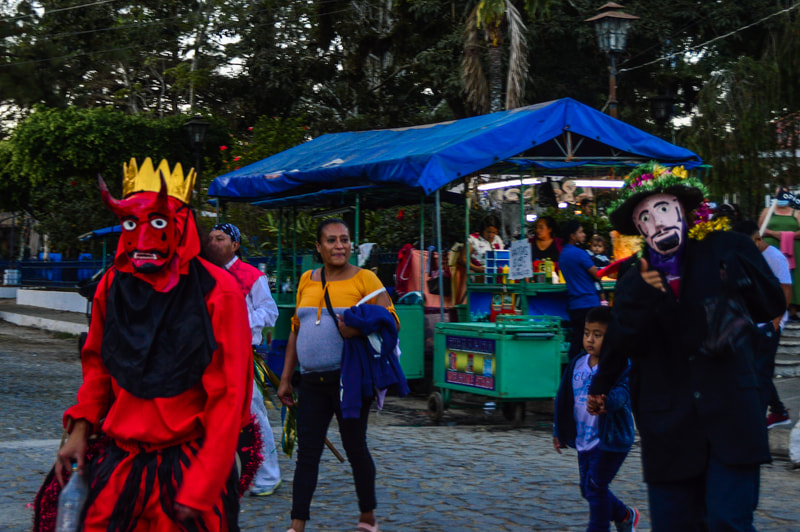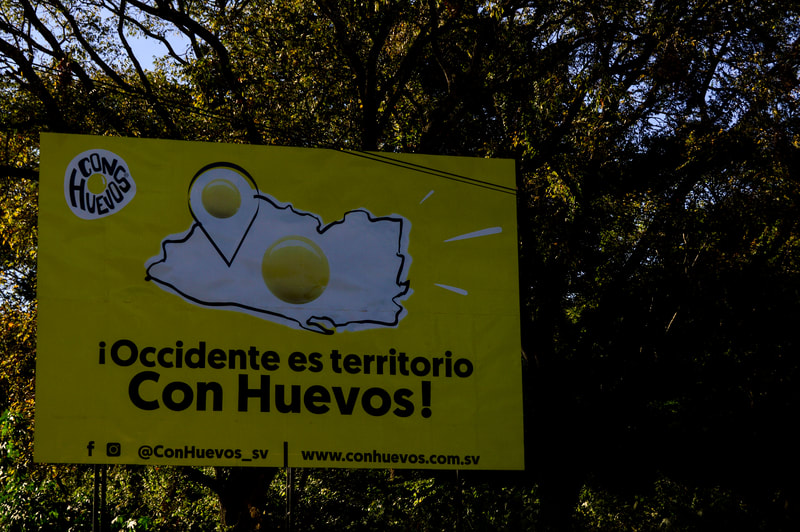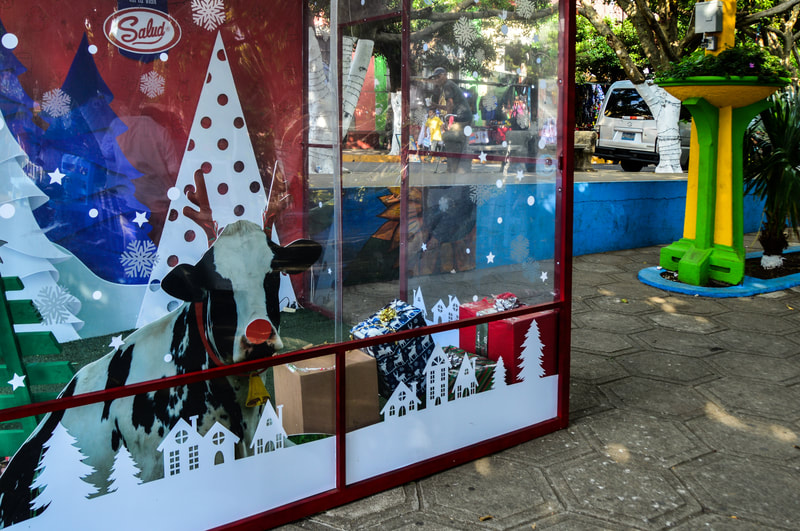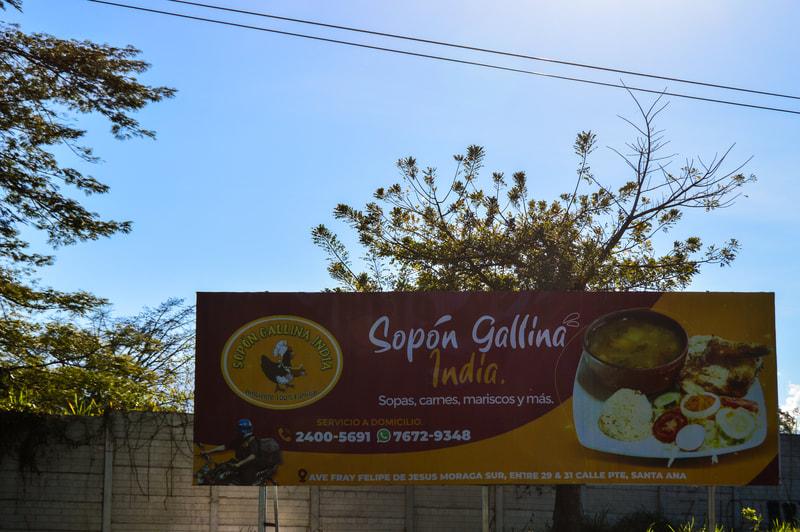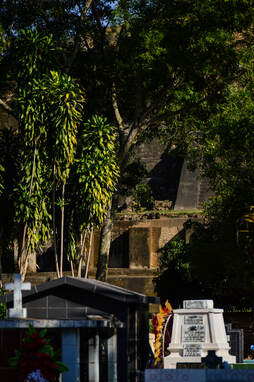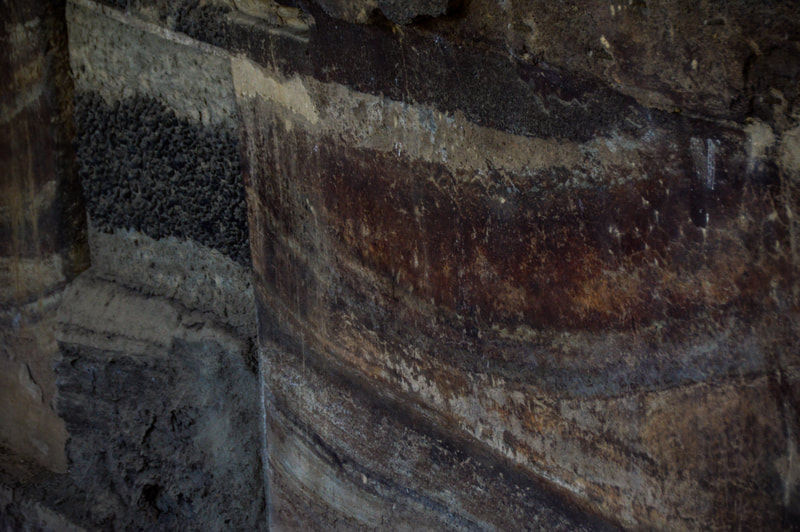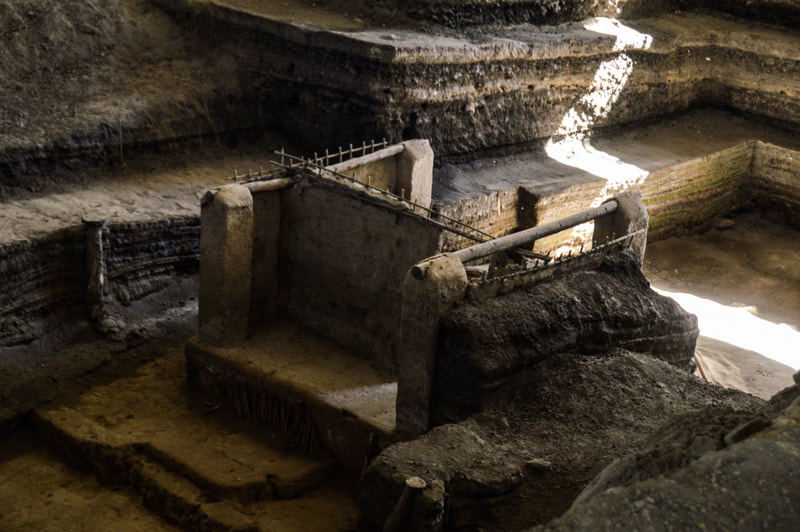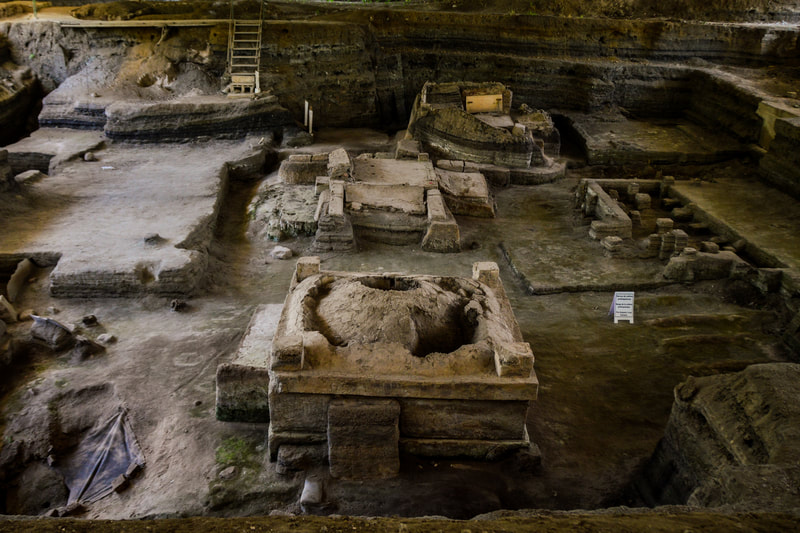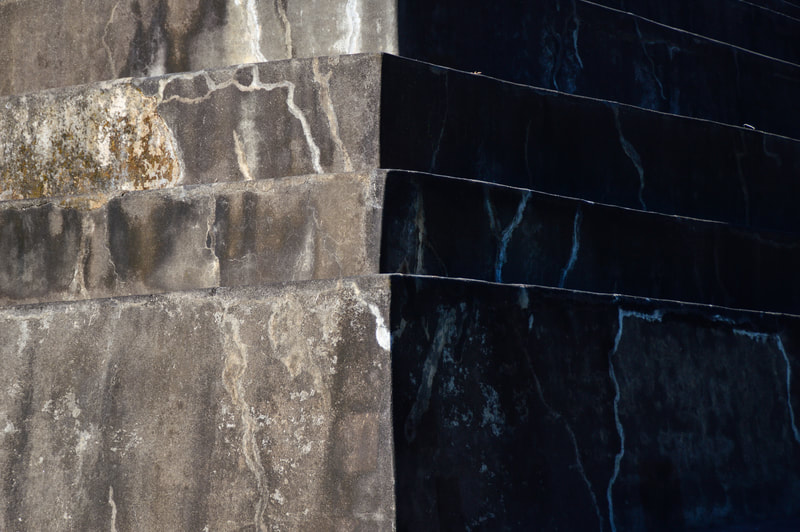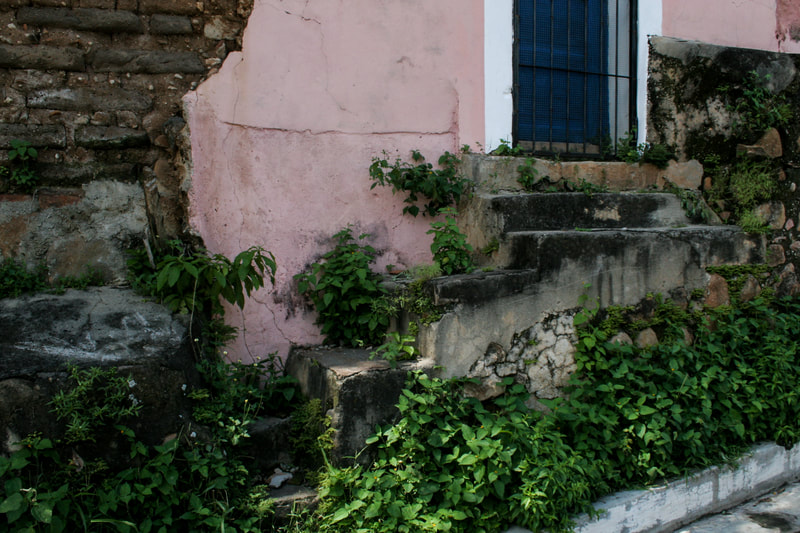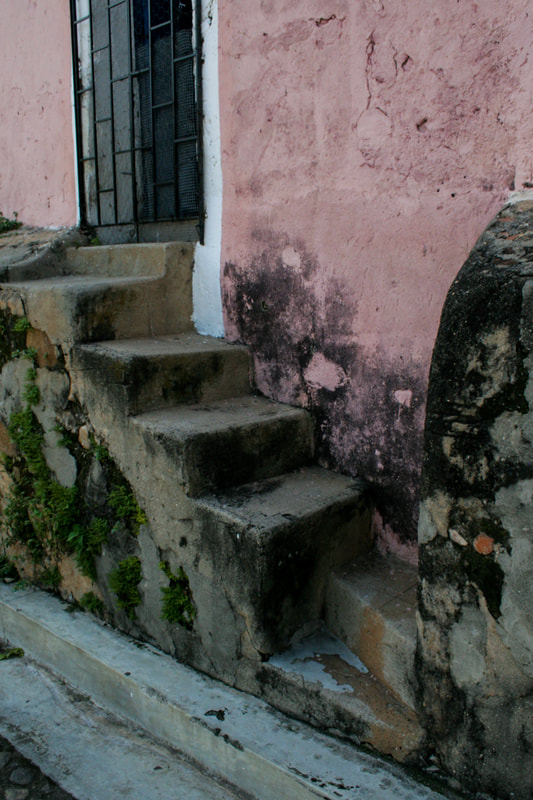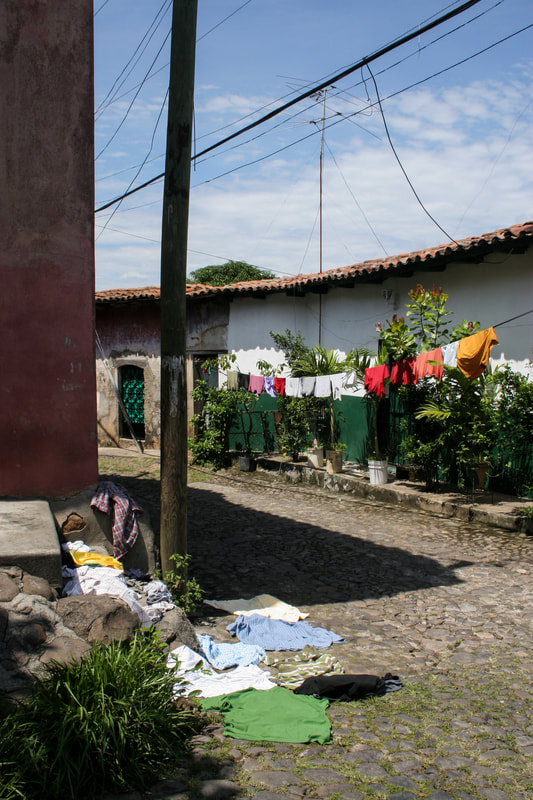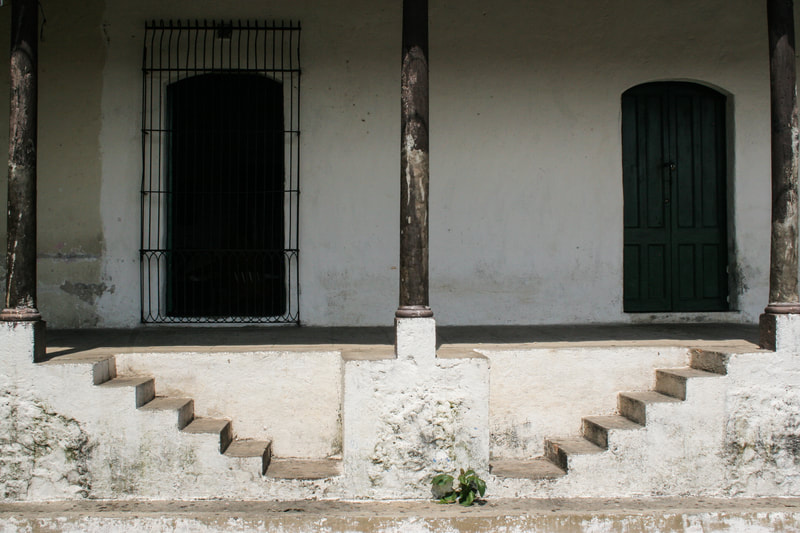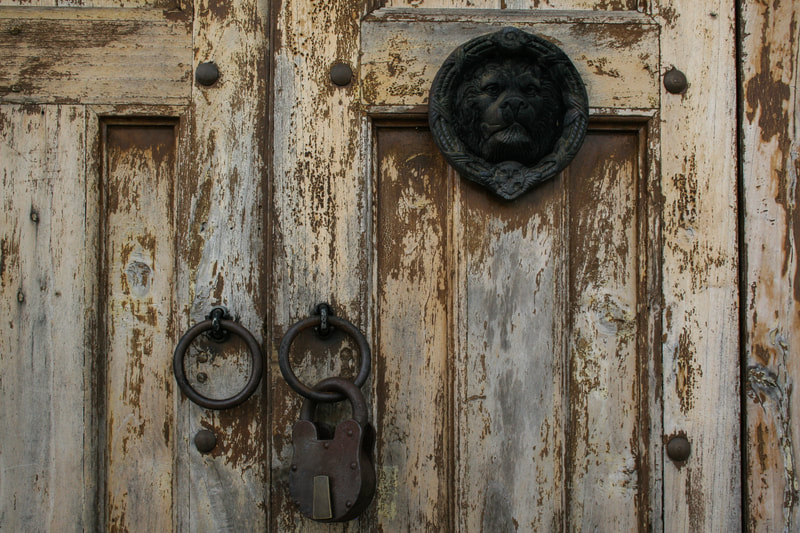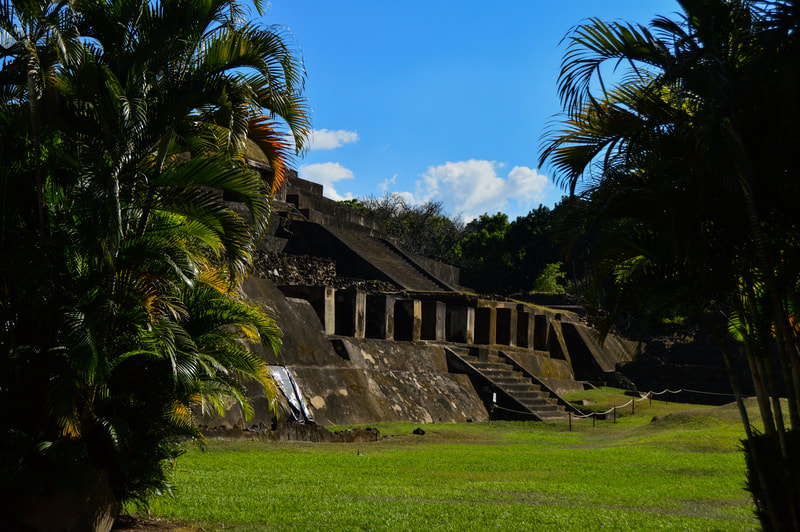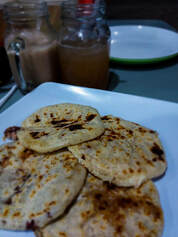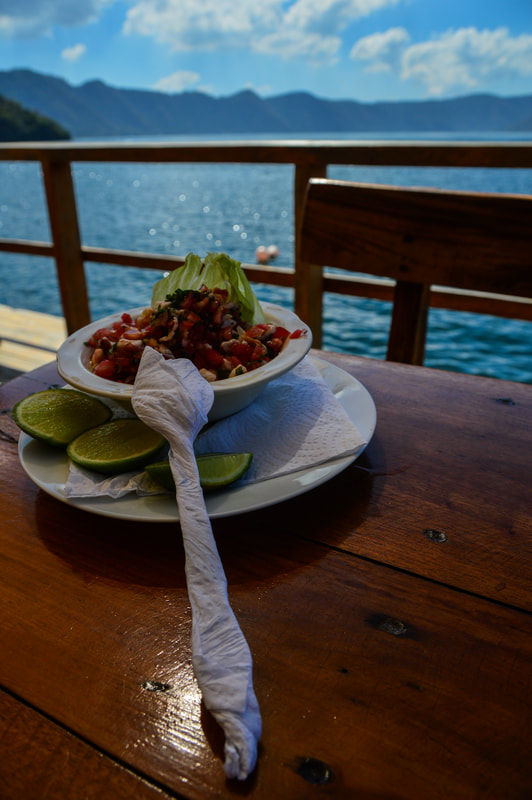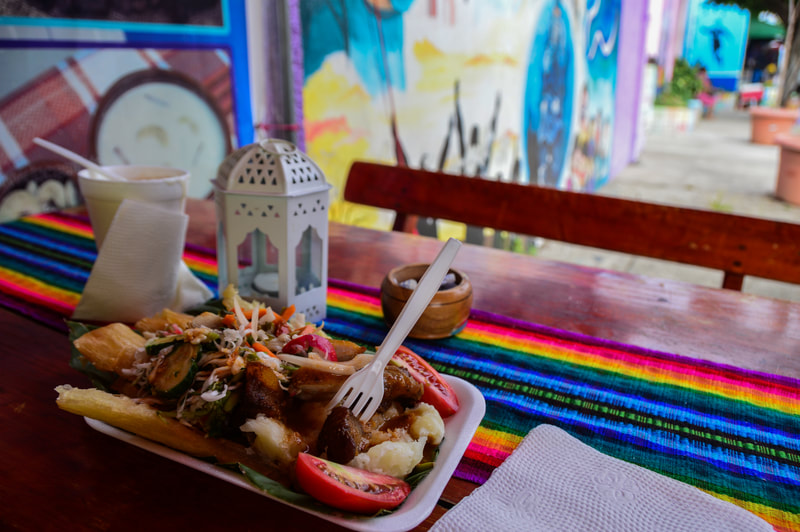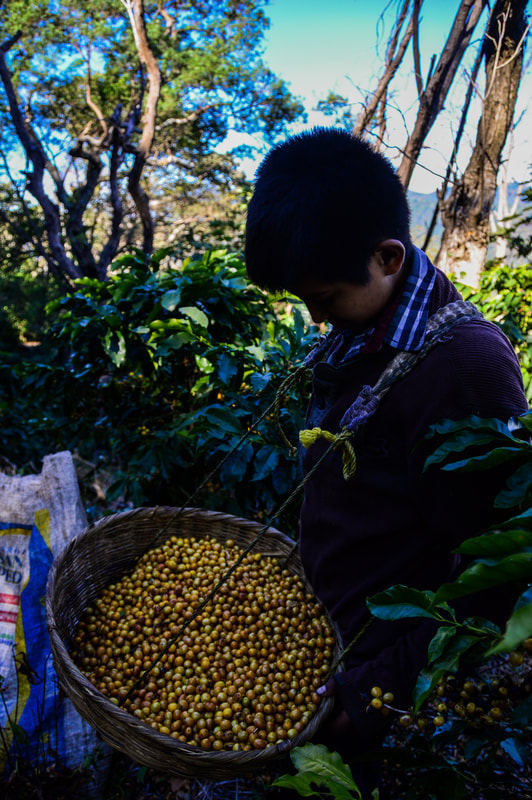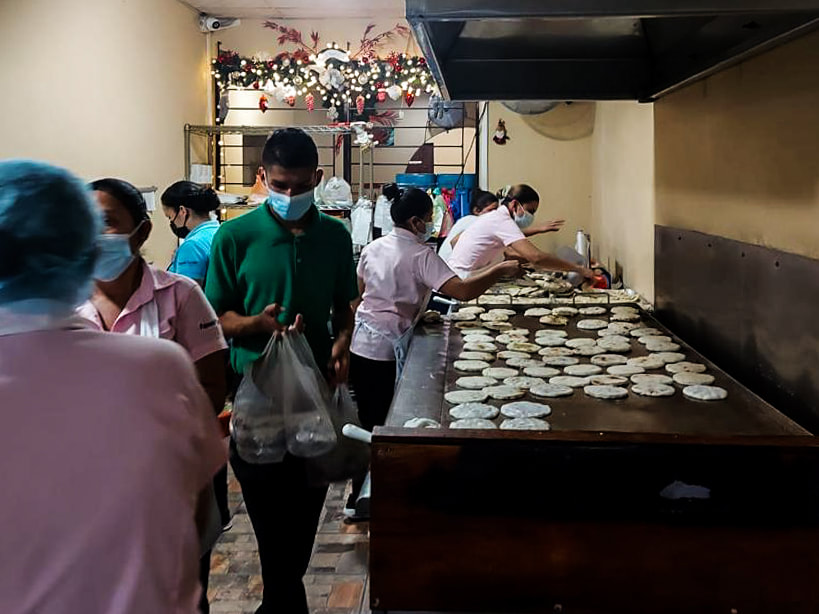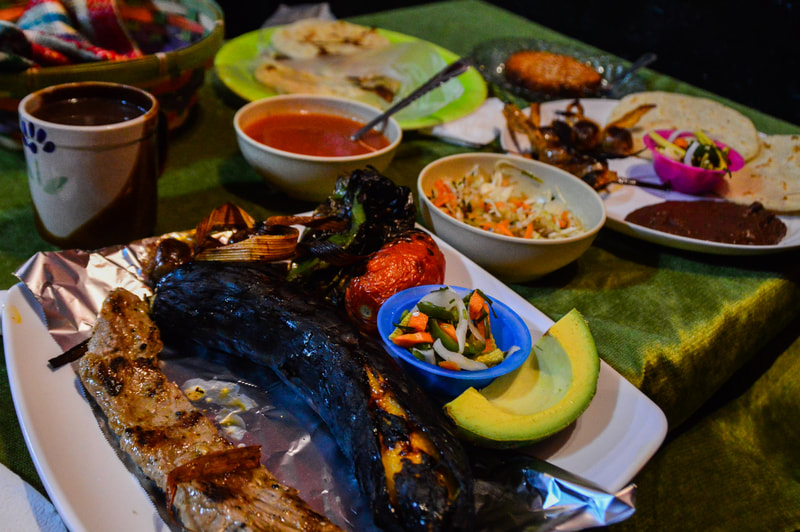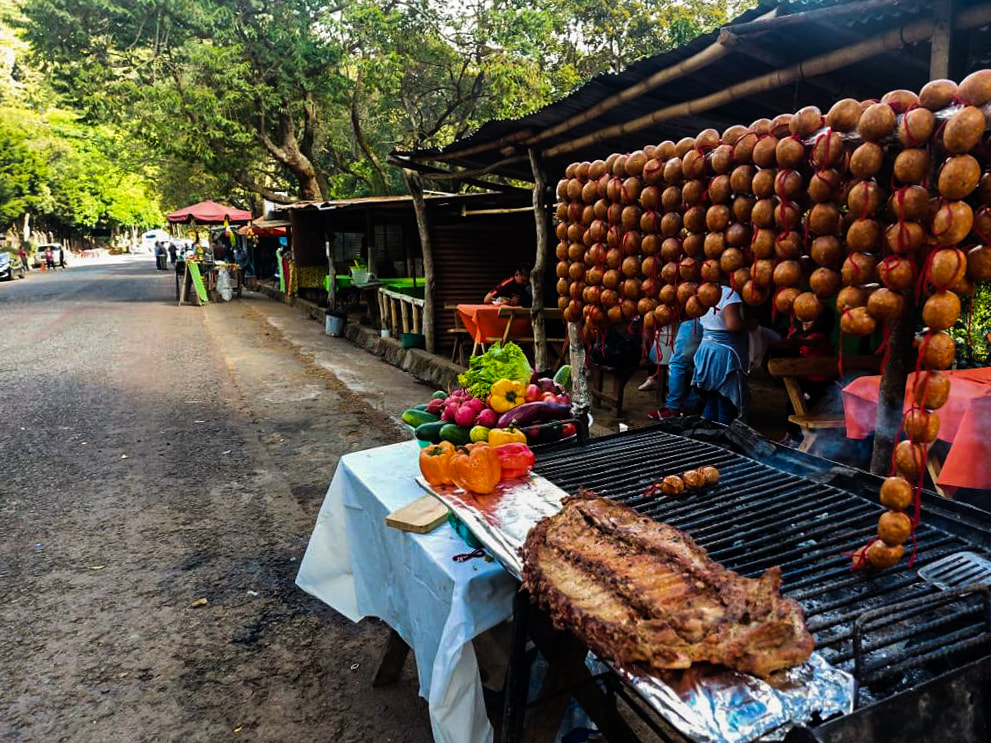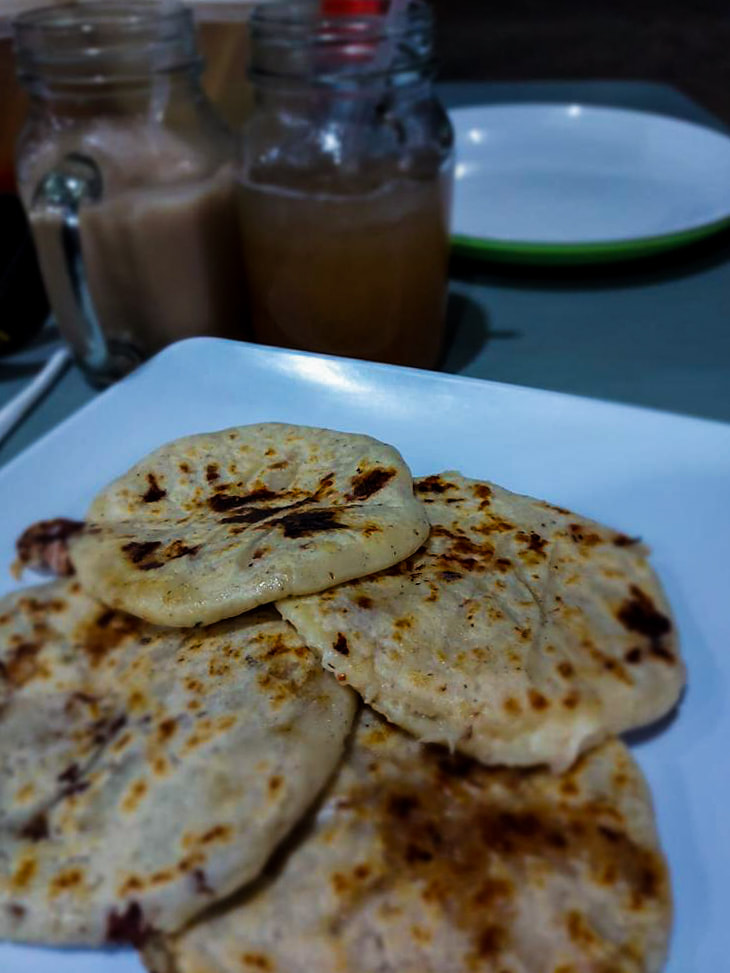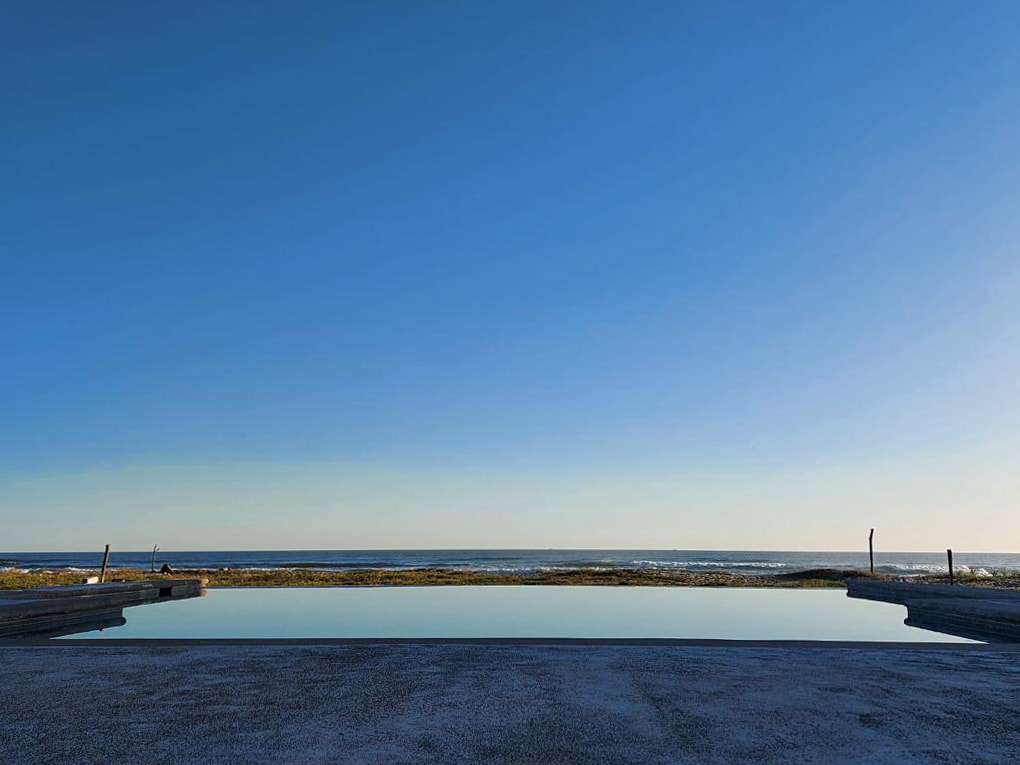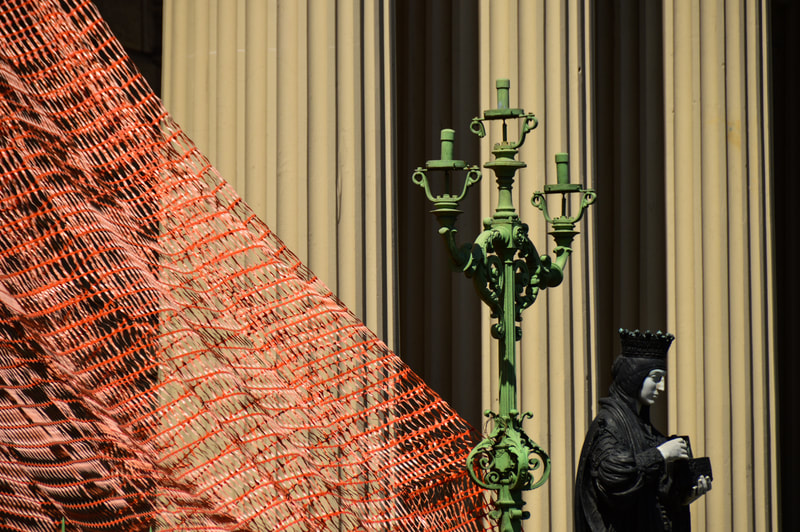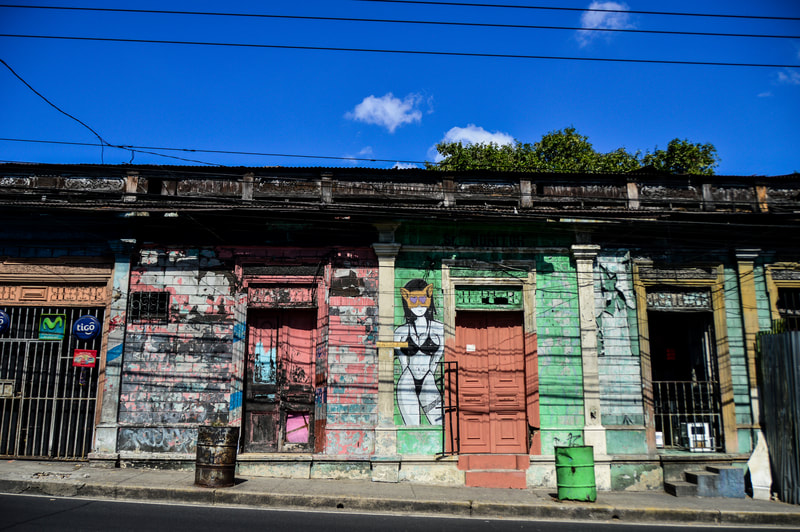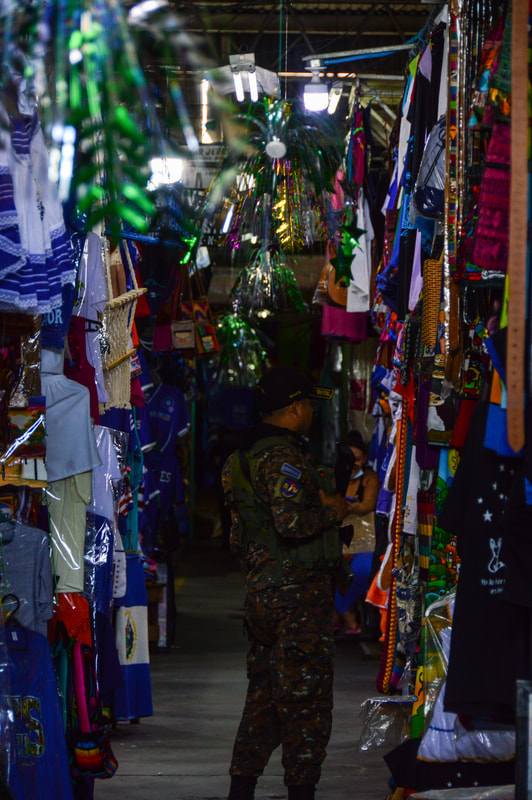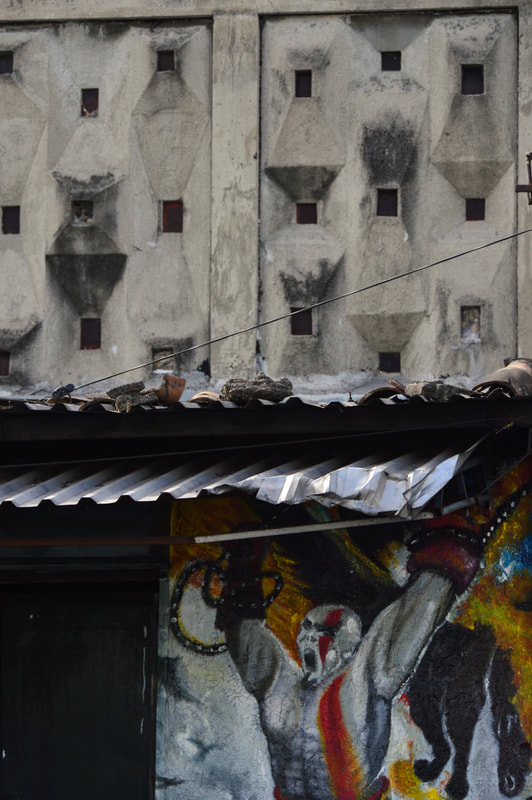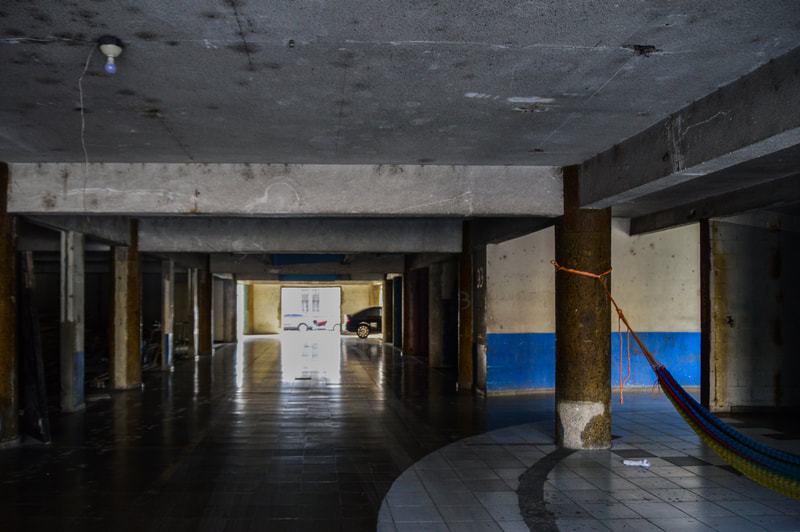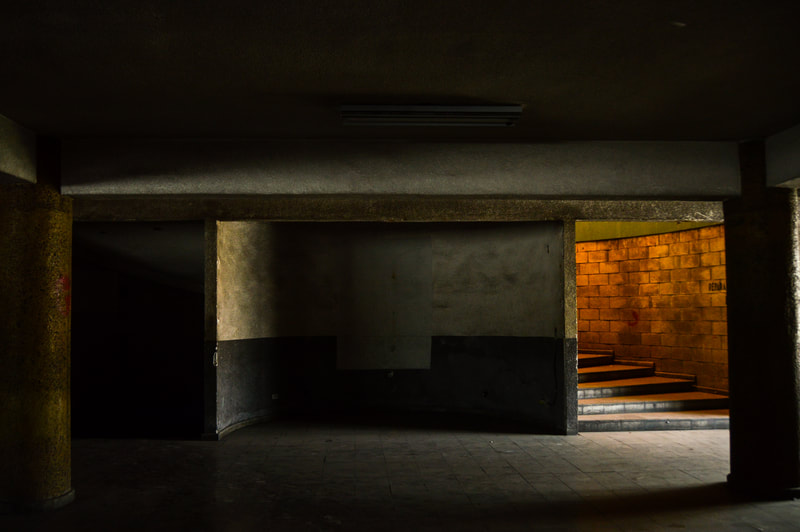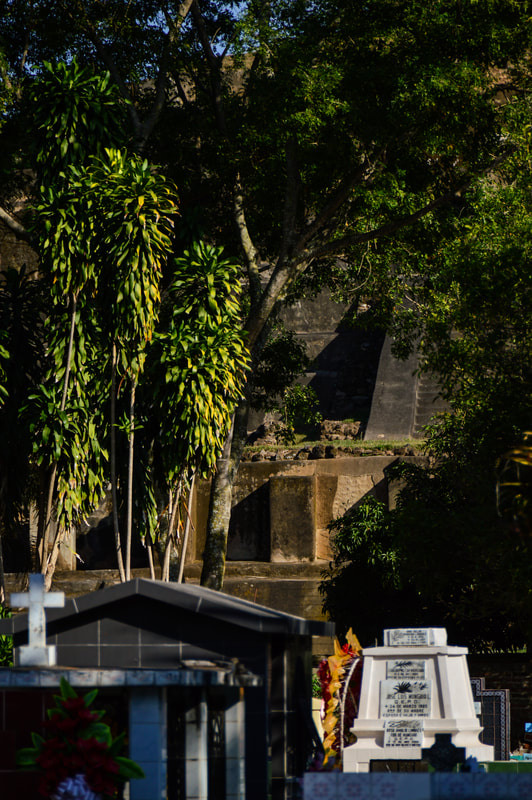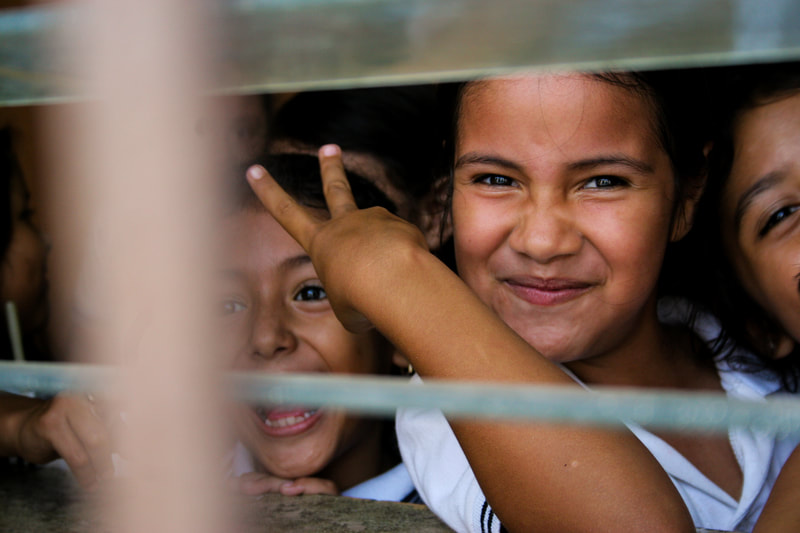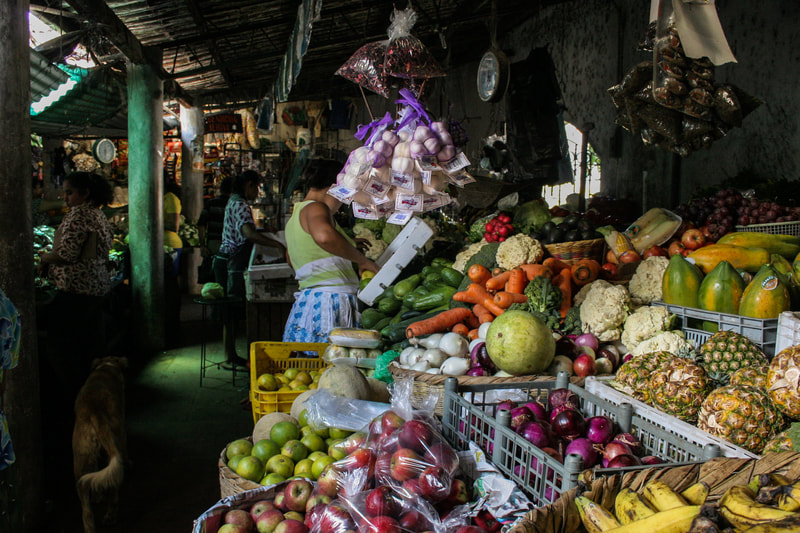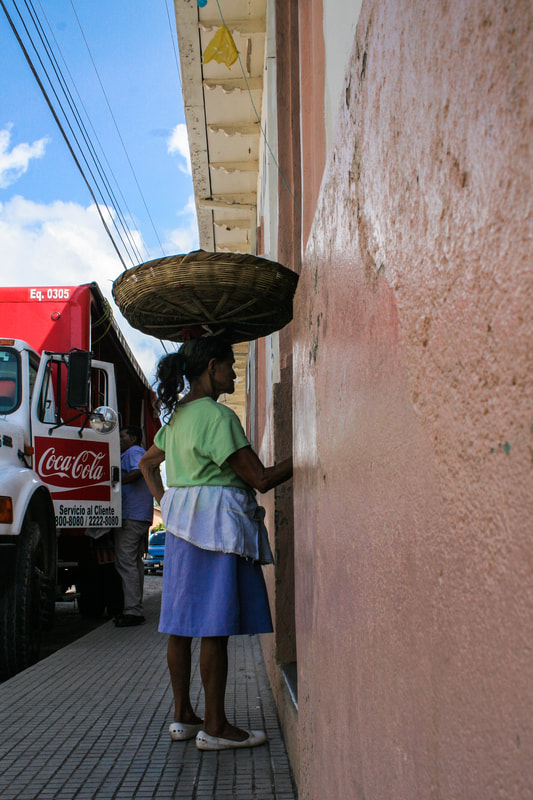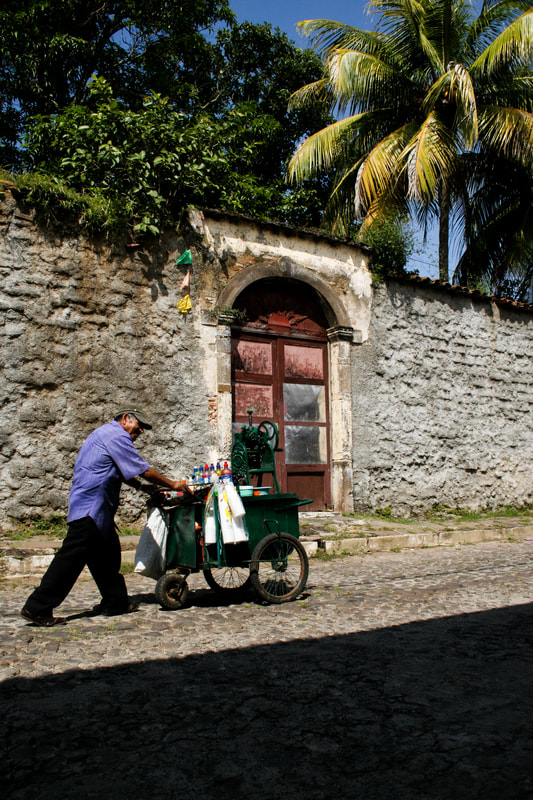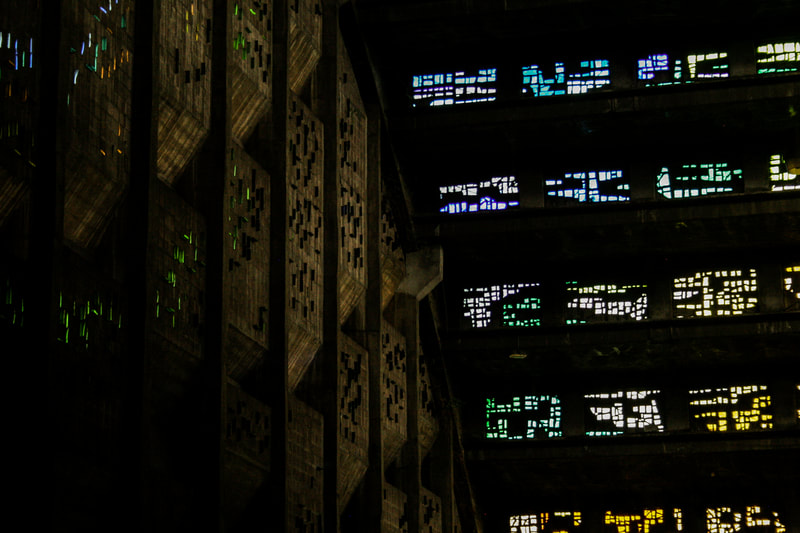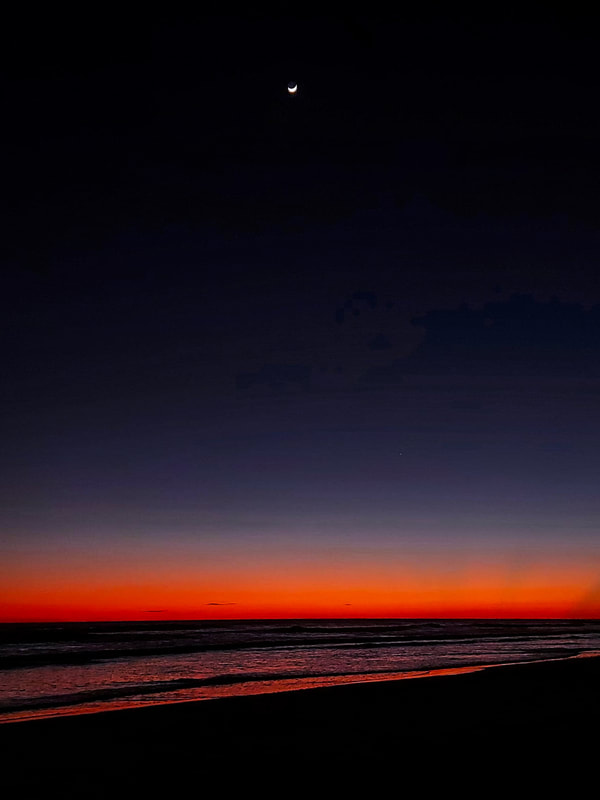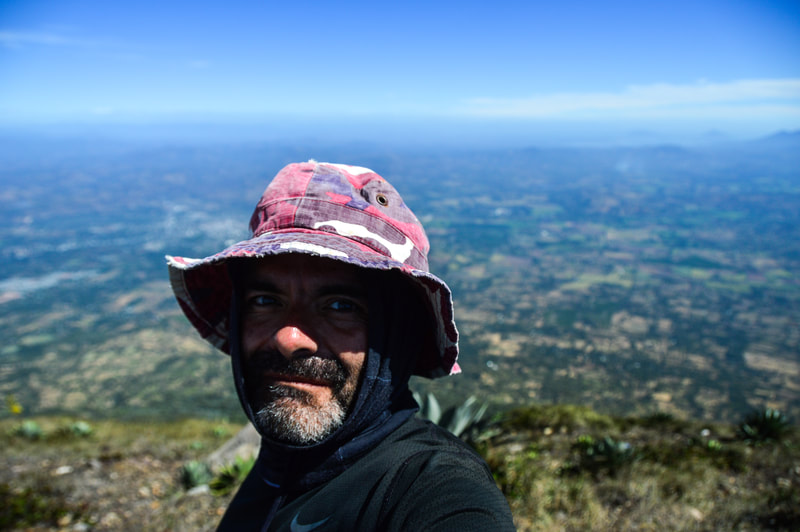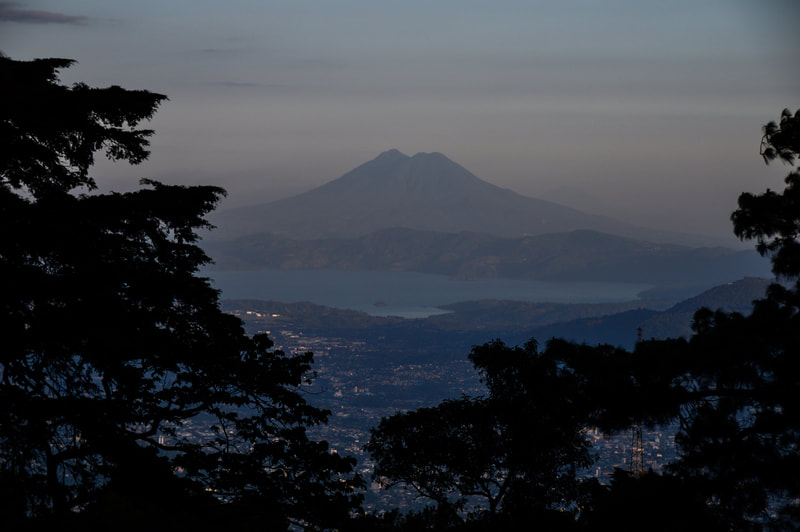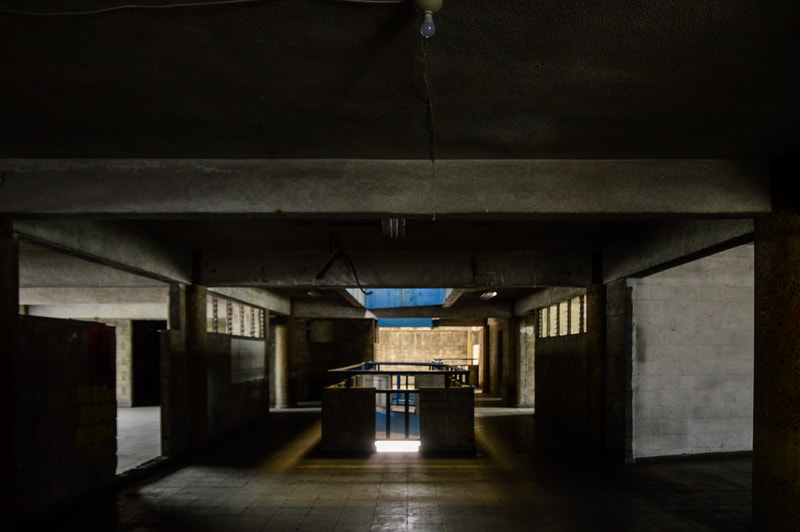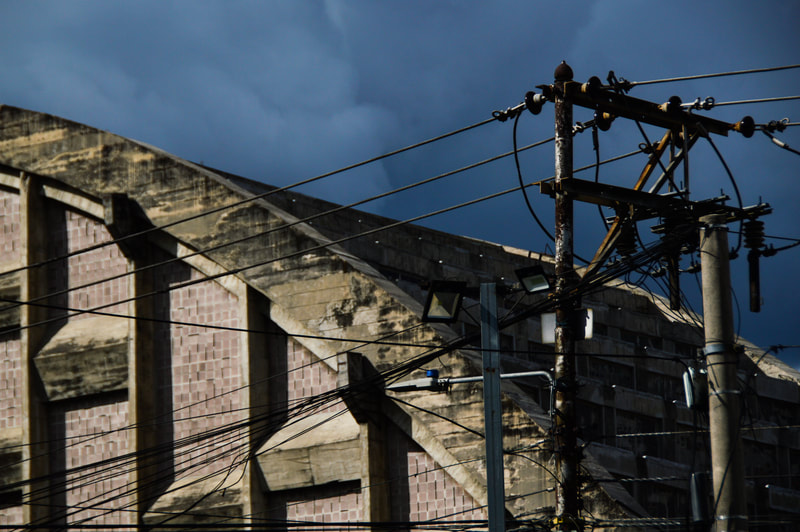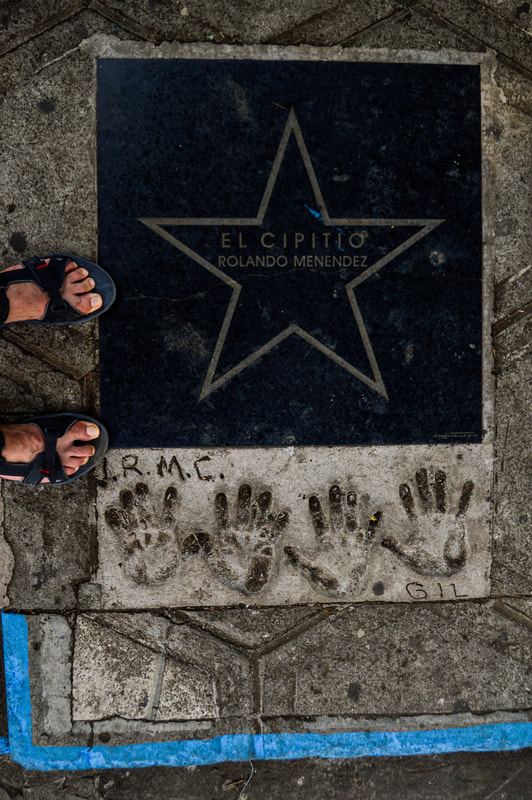| Gracias al contacto por medio de Arq. Gabriela Naranjo se llevó a cabo una colaboración con estudiantes de TU Berlín del taller Think Desing Build con el profesor Jacob Van Rijs (MVRDV). la temática Togetherness (Zusammen Kommen). El primer semestre del año 2022 los estudiantes Lara Herkommer, Michael Hernitschek, Ömer Faruk Demir desarrollaron un proyecto en la provincia de Imbabura. Adicional a esto como parte de su investigación realizaron varias entrevistas a varios arquitectos y oficinas del ecuador. Ensusitio tuvo un diálogo con Lara, Omer y Michael. Les compartimos el resumen de la conversación y los proyectos que presentaron al final del semestre que ellos nos han compartido. Gracias Gaby, Lara, Omer y Michael. |

Cynthia: Why „Con lo que hay“ does what they do, it´s because the name says. What is available. „Con lo que hay“ is on hand, what we have next to us. It doesn’t have to be traditional construction, because if we are in the middle of the city and if we have SMU blocks or metal work and if we have somebody of the team who has the knowledge who to work with metal, we use it. Even if we are in the middle of nowhere it happens to be a small shop, we would use it. Because it´s also activating the economy of the local place
Cynthia: What is also important we avoid just landing in a community like with no previous connections to it. So we work with a community who has already has a process working. With this process the community discover that they have this physical need for space. We try not to imbed necessities. And if the community gives us a huge list of necessities, we really question everyone if it is true. Usual they are and usually we find a real necessity and it´s a completely different project.
Kike: We are good for participative processes, design and building in a very short time with the goal that the community builds it further. „Con lo que hay“ is running for more than 10 years, twice are year in our university so there are more than 20 projects. Please browse in our website, for example you will find also a project with the TU Berlin: "Appropriate technology transfer" / 2015
Kike: We can learn from you as you can learn from us. This is the way we approach any collaboration with any community. Because in the end the people who is more impact by the collaboration are the students and me. I receive more than the community receive. If throw they have the infrastructure, they have everything, resources. But in the end, we are the ones who are getting the most from the community. Because these are life changing situations. We have in the past years probably 13-14 life changing situations with communities and we are super grateful for it. First thing that happen to us with collaborations with the north and Europe is to change the chip. Not through charity, not through externalism because that attitude misleads communities. So, when you approach communists with this externalism or charity what happen you don’t have collaboration with this communities. It is not educational in both ways, because you wouldn´t get all information, all the knowledge, all the experience you would like to get. That’s the first thing that we always say to anyone who is willing to work with a community especially in Ecuador, because there must be a neutral respect, a neutral understanding and everything must be very horizonal. Everybody gets in sharing and giving: Collaboration through the whole process. This leads to processes that are very long. It´s very important especially in Ecuador that you are very aware which are the key elements in society which you work with. You are validating every single point. This we told you with a personal experience that we have in the North of Ecuador Suleta that we were very happy with the construction with the community, this became a place for eating traditional fast-food eating. And two week later, after we finished the project, they put it down. Because some parts of the community were not happy with the process of the other part of the community. So we thought we were building with a representation of the whole community but it was not like that. If you take not only one key leader of the community but five or six it is more successful. And the people here want everything easy like charity but that’s not the case. Because those projects who are coming from charity are nice things to see but they don´t build social processes. Process they may be able to change something. One key element her isn´t the project but how the project is leading through time. What we are calling “activation” which are the social groups that are going activate the process. Other than have a place for meetings, places for meeting are everywhere, but who is the one who is going to be in charge of activating the place? And always have the second and third personality emphasis on children, gender
Question 4 : To what extent are local people familiar with traditional building methods?
Cynthia: If you are really in the countryside, they will be quite familiar. But the traditional construction is lost. The areas which are not really countryside and not really city are the worst to understand the traditional construction because their mixing knowledges from different areas without really understanding them. That’s happened with one project on the cost after the earthquake. We discovered that they have all this bamboo available, but they do not use it because it doesn’t last. And that is because they were all picking the bamboo in the wrong season. They used picking through the protous. You usually pick it when it´s almost right, when all the sab is on it. And that is how they were doing the same things as it would be a fruit and that’s the worst time because that is all the insects are on the bamboo. So, ones we were able to do this workshop there were able to understand what’s going on. And right now, the house is still standing, after four years. And they were used to use bamboo for a fence that’s lasting for one year. But originally bamboo structures could last for 40 years.
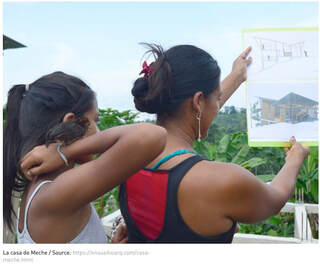
Sometimes there are impacts that are bigger than the community. We start to write a couple of articles about Meche’s house. At one point we asked people from other disciplines like anthropology, psychology, gender, philosophy, architecture, and other disciplines also to wrote about the house. And now there is a book about this house “Ojos en la casa de meche”. This constellation is from outside the architecture and the community of Meche to see the process so people can replicate the process. The book is all over the world now and people in Europe, North America and now Asia discuss the different aspects of Meche´s House. The information is the important part, not the house.
Question 5 : What are the most common used and more sustainable wood types in Ecuador?
Cynthia: It depends on the region, since we have highlands, jungle and coast. Bamboo is mostly used at the coast, in the djungle Pambil and Chonta are more common.
Kike: And the knowledge where the wood is actually coming from is important, because many times you will see wood used in an area where it is not growing naturally. For example Colorado, you can harvest it at the coast and in the djungle, but it is often used in the highlands. And because of this you need to do more to make the wood adapt to the different climate, because otherwise it will get dry or soaked or even break. The wood we used in the climate of the highlands for example is Eucalipto. It is very affordable, people are used to work with it and it is very accessible.
Cynthia: And what you can also think about are fibers. Not for the supporting structure, but for the joints. In the last semester for example we used Totora, it grows by the lake in the region of your projects.
Kike: And it needs to be harvested, because due to agricultural activities there is an overgrow of it. Then there are also less known wood types like Seike and Chanul you can look for.
Cynthia: Also for security reasons you would more likely build with brick walls on the ground floor and then with a lighter more open wood structure on top of it.
Cynthia: You are supposed to have a standard size, but that doesn't happen, because it is a very artisanal process. The one you would usually use is called ladrillo mambron, or also ladrillo jabonsillo, with the measurements 13 x 27 x 7 cm. There are some other smaller sizes, but this is the standard one.
Kike: As Cynthia said, this is a very artisanal process, so it differs from distributor to distributor, from delivery to delivery. In this area, adobe is the most traditional way to build things. You just form it and leave it to dry. After that comes tapial, it is this huge type of dirt wall, called rammed earth. It needs a lot of manpower to make it, so it is a kind of a community project itself. The mambron and jabonsillo get layered across and behind each other, creating a bigger structural wall, so you don't need any supporting structure, because the wall from bricks is the structure already. And by this you already create this thickness to keep a nice climate inside, because it also can get cold around there. We don't have any contact to a local artisanal place, but it is not complicated, it is very easy to find it there since it is so common.
Kike: Yes. Every single step. Building with bricks is very difficult because you need to be very precise in both dimensions, height and width. You need to maintain the level, it needs to stay even. So we learned during the process with a local maestro, a construction builder from Zuleta. He was currently there and leading us. In the beginning the students were just pure manpower, transporting the bricks, mixing the cement and building together. And through the process they learned what the construction worker was doing to make it work. We didn't have any class, no preparation beforehand, because our idea is to work with the material. And there, you learn or you die. So that is what basically happened, in the end of the semester they were able to building those at least kinda straight walls. But it takes a lot of time. Working with wood is easier, but working with this kind of precisement using bricks is difficult.
Cynthia: We knew that what we have available there are wood and bricks. So the students were also studying different methos of putting the bricks together. So even though the construction worker had his theory of how it works we were also trying out other methods of stacking them. In this community there the woman do a lot of weaving, so we also tried to put the process, the appearance of the weaving into the design - what made it even more complicated. The construction worker was complaining that by this we are using more bricks than necessary, but well, we wanted to do it this way.
Kike: With this you always need to have a local man of the community, to teach the process, to make it right.
Cynthia: The workers of the community are actually surprised when we get our hands dirty, they don't expect that at all. So there is somehow a learning curve on both sides. In our construction workshops there are often many woman, so because of this they are even more surprised, because we are still are macho community, a very macho country.
Question 8 : Is the concrete casting technique a locally preferred form of construction? Is there any other construction technique (apart from bamboo) that is used for supporting structures and able to extend as a cantilever?
Kike: It depends on where you are and the accessibility to the resources. If you ask us, wood would be the material to do canteliver constructions. It is also important to share the process with the local communities. If you use cement, it is okey to do but if you use wood, they can replicate it more times after the first construction. As a contemporary approach, people tend to use laminated wood nowadays.
Question 9 : When bamboo is used as facade and floor material, how can the interior and the foundation of the building be insulated? Is there any need of insulation?
Cynthia: It is about which parts of the building need a privacy. For the walls which need privacy, we would use "bahareque" which is dirt. The modern bahareque contains a metal mesh which can grab the bamboo and the clay. For the outside, we use the shiny part of the bamboo because this is the part which can resist to the water and for the interior, we use whatever is cutted up from the bamboo. But, it can be used varnish to protect the bamboo from the water as well. With the floor, we experimented to use the bamboo as a whole or as a half. It is very uncomfortable to walk. There is a risk of split eventually. We had a pretty good experience about laying it as flat as we can. We do not worry about what is coming in and going out from the floor. We are used to have a flow. We didn't really need to cover it. Maybe there might be a layer of cement over it which sometimes people do it in the bathroom in the coastal region. This can be followed for the walls as well. Instead of clay, they cover with cement. But cement does not work together with bamboo. Clay can move as the whole house moves so it does not crack. But using cement is risking it to crack.
Kike: Just a couple of things about bamboo. Bamboo comes in different types. "Caña" is the whole bamboo. Then you have the half of it which is called "Media Caña". You can have a portion of media caña as "Lata". We use Lata for walls and the floors. Also, there is a process to open the bamboo as flat surface. This bamboo is called "Caña Picada". We also use it for walls and floors. Since it is a handcraft process, you do not see it all the time.
Kike: Well there is like a boom currently in latin american architecture and one of the epicenters of this is Ecuador. We are living in a very exciting moment with alternative architecture through offices like Al Borde, Natura Futura, Rama, Ese Colectivo and El Sindicato. These offices have this idea of sharing technology, rediscovering local and historial building methods and being ambiental responsible. One of the things I forgot to mention at the beginning of the interview is why we work with what is available. It is no kind of romantic idea but more a surviving tool, because of the climate change, the energy crisis and the use of fossil resources. Everything is terrible and one way to stop this is to use local materials because at least you will almost not need any transportation. So, these offices take architecture to where it needs to be taken, to a pool of knowledge that already exists but is being forgotten. But on the other hand, you have in Quito these big building corporations who are building quite non-consciously. They try to import the idea that the way to go is to build big, high and luxurios. But the problem with this is, that this kind of architecture increases the sense of social discomfort, because it increases the image of the gap between the rich and the non-rich. So architecture is the symbol of this social distress we're living in now.
Cynthia: So you see new construction everywhere, higher than it was existing here ever before, but after it is finished half of it is empty or for sale. And they even say that they are building sustainably, because the apartments have a little porch with a tree on it. With this, by ecuadorian law, you can build higher than it would be allowed normally, because you have some trees on it. So they are actually paying for it. But in the end, the city is paying a lot more.
Kike: And it is not the case that we are against development. We are in favor of it, but with applying critical thinking. It's this part of the education that people seem to lack in general. This understanding of where you are living. Our motto as an architecture office is that the best architecture is what you don't build at all. As an office, we question everything, why are we doing anything? So we don't build unless it is really necessary
29 de Agosto 2022
EL Arq. Jacob Van Rijs de MRDV, (oficina que nace en Holanda y actualmente tiene varias oficinas a nivel mundial), realizó una conferencia (docencia y énfasis en descripción de sus obra) en la PUCE . La coyuntura de su visita al Ecuador es una colaboración con su cátedra en TU Berlin - Taller Think Design Build y las Facultades de Arquitectura de la Universidad Católica del Ecuador Matriz y Sede Ibarra. Además el encargo para Uribe Schwarzkopf del diseño de un edificio en Guayaquil.
El trabajo en Imbabura como mencionamos al inicio viene desde inicios del 2022 con el grupo de estudiantes alemanes y brevemente mostro imágenes de los proyecto que desarrollaron hasta Julio en el Taller Think Design Built en TU Berlin.
Dado el contexto Universitario, dentro del foro posterior a su intervención se le consulto
"Cuáles son los principios por los cuales trabajan y si se aplican tanto en entornos académicos/prácticos como también en las propuestas privadas o inmobiliarias?" Enrique Villacis
- "las situaciones son varias, muchos problemas distintos y soluciones distintas. No podemos solucionar todos los problemas hacemos énfasis en los que se puede y se hace lo que se puede en cada situación" JVR
Invitamos a mirar estas intervenciones de reconocidos arquitectos con un pensamiento crítico. Y evaluar el enfoque que se transmite, buscar más diálogo constructivo que descriptivo.

